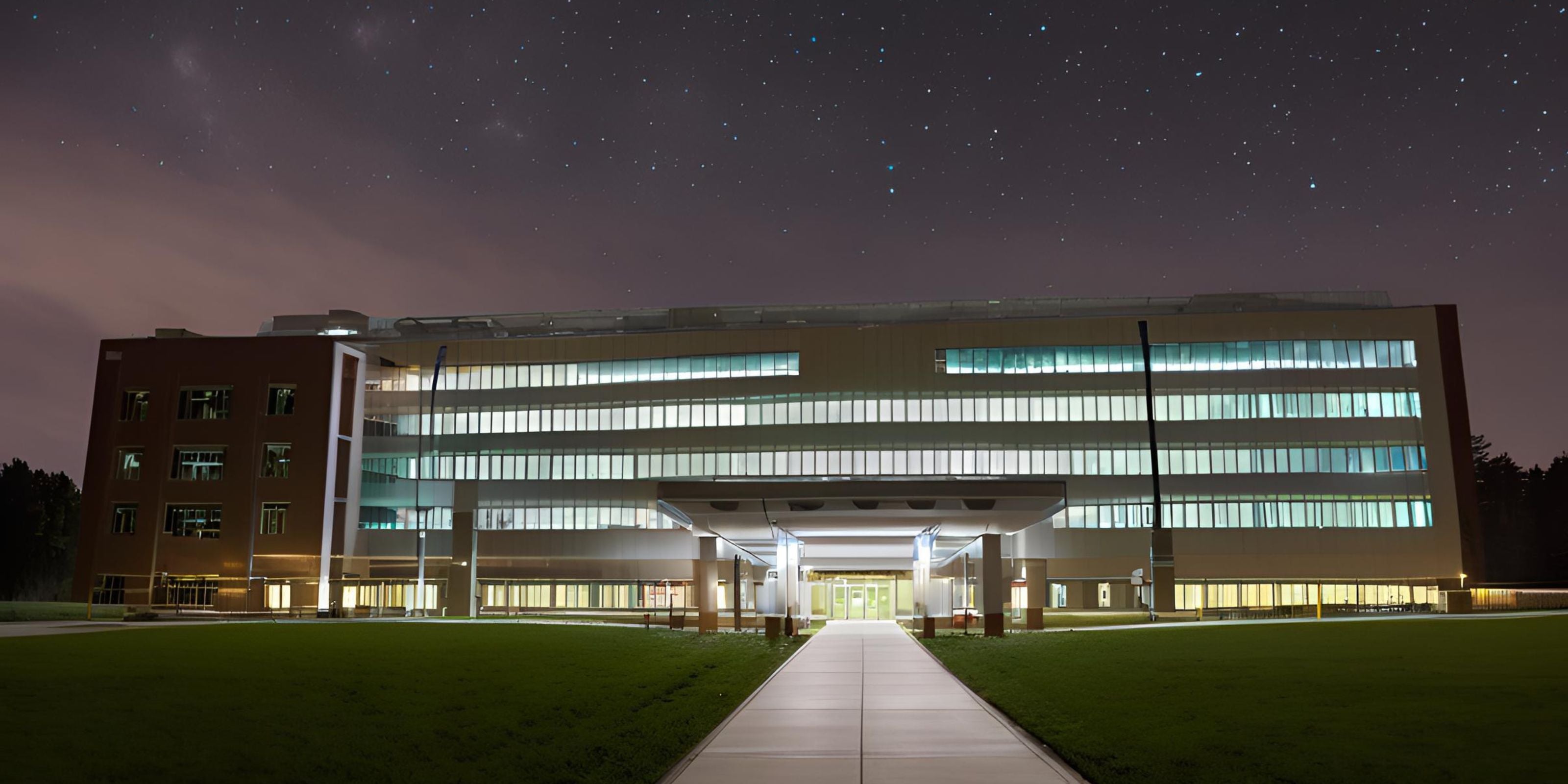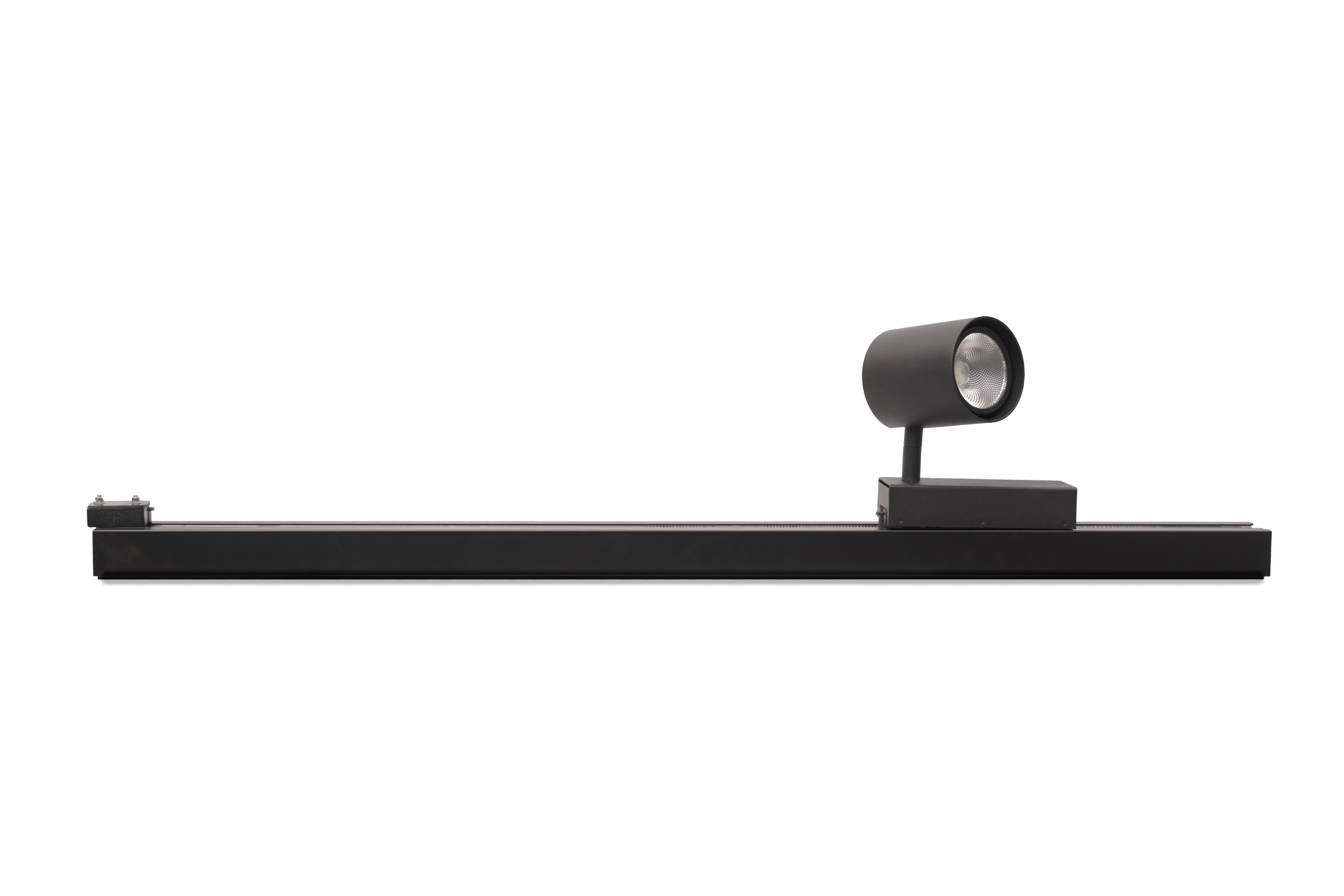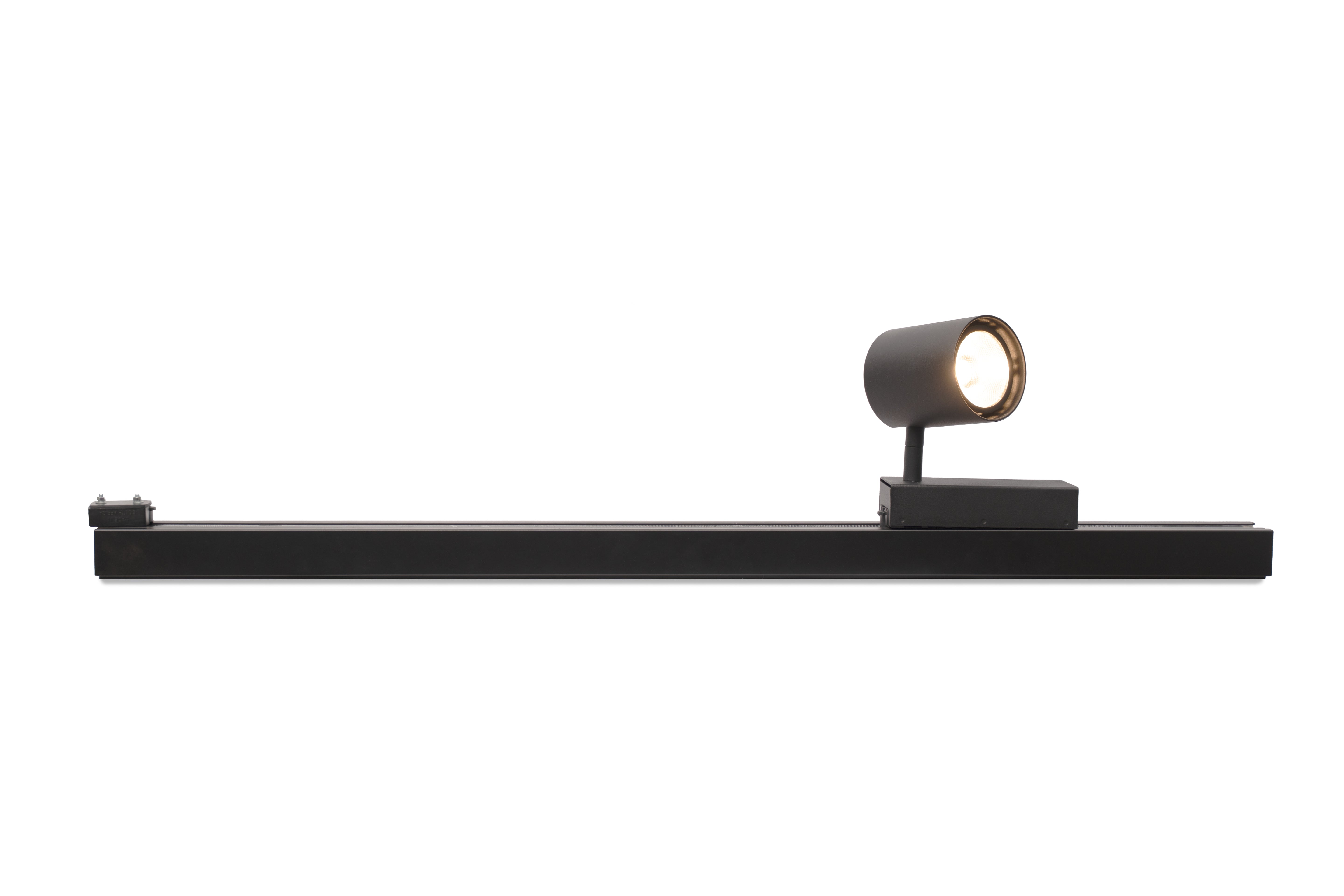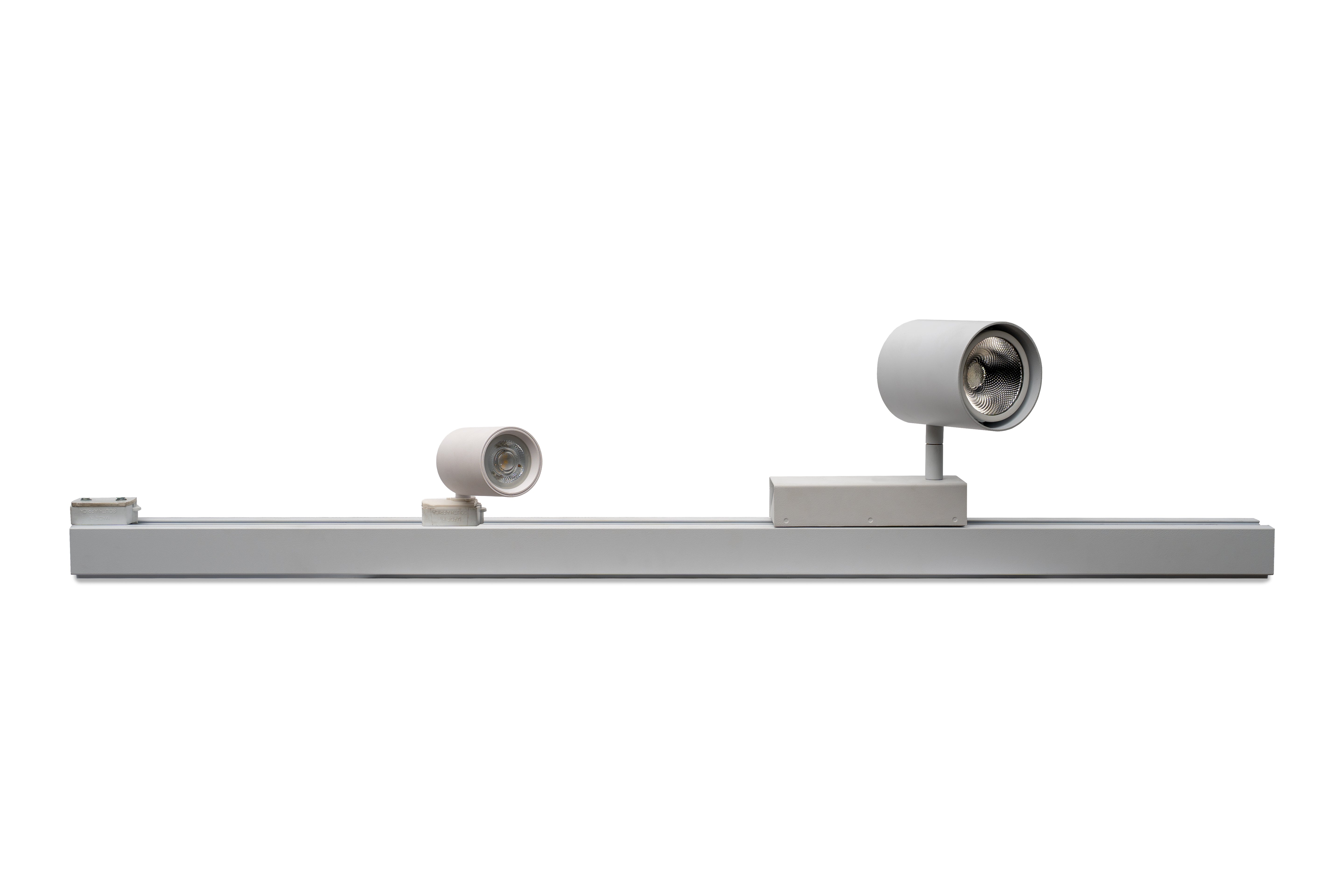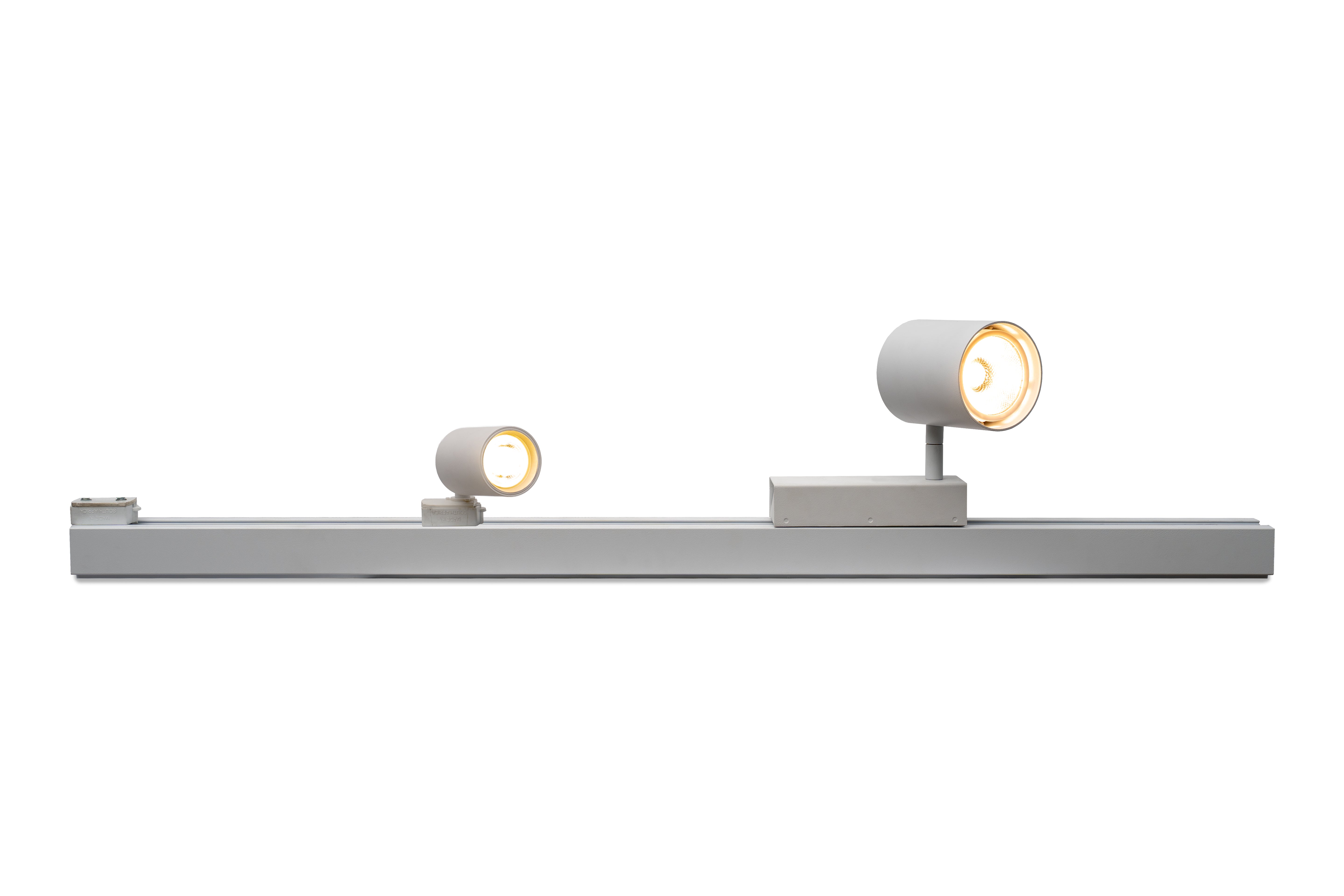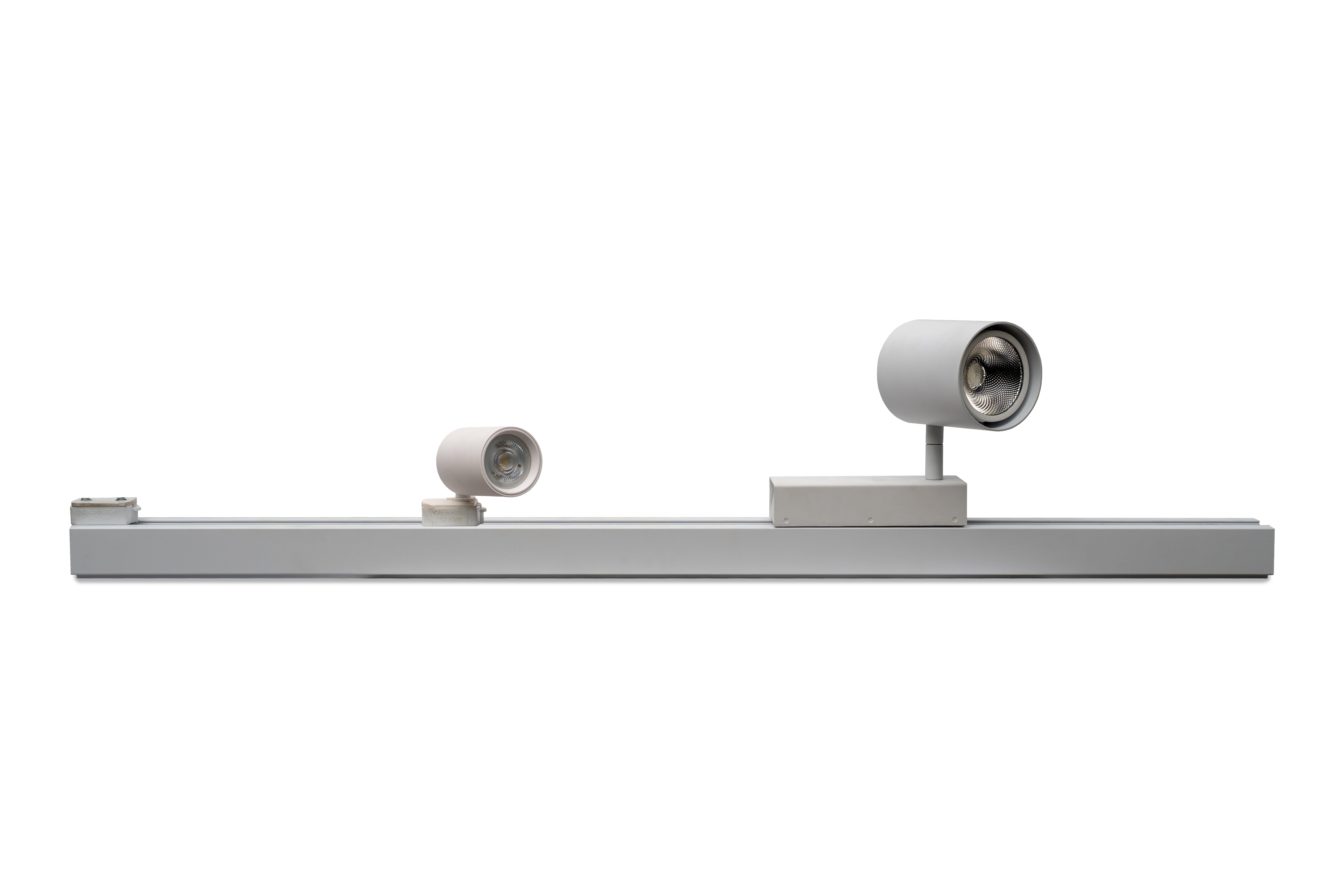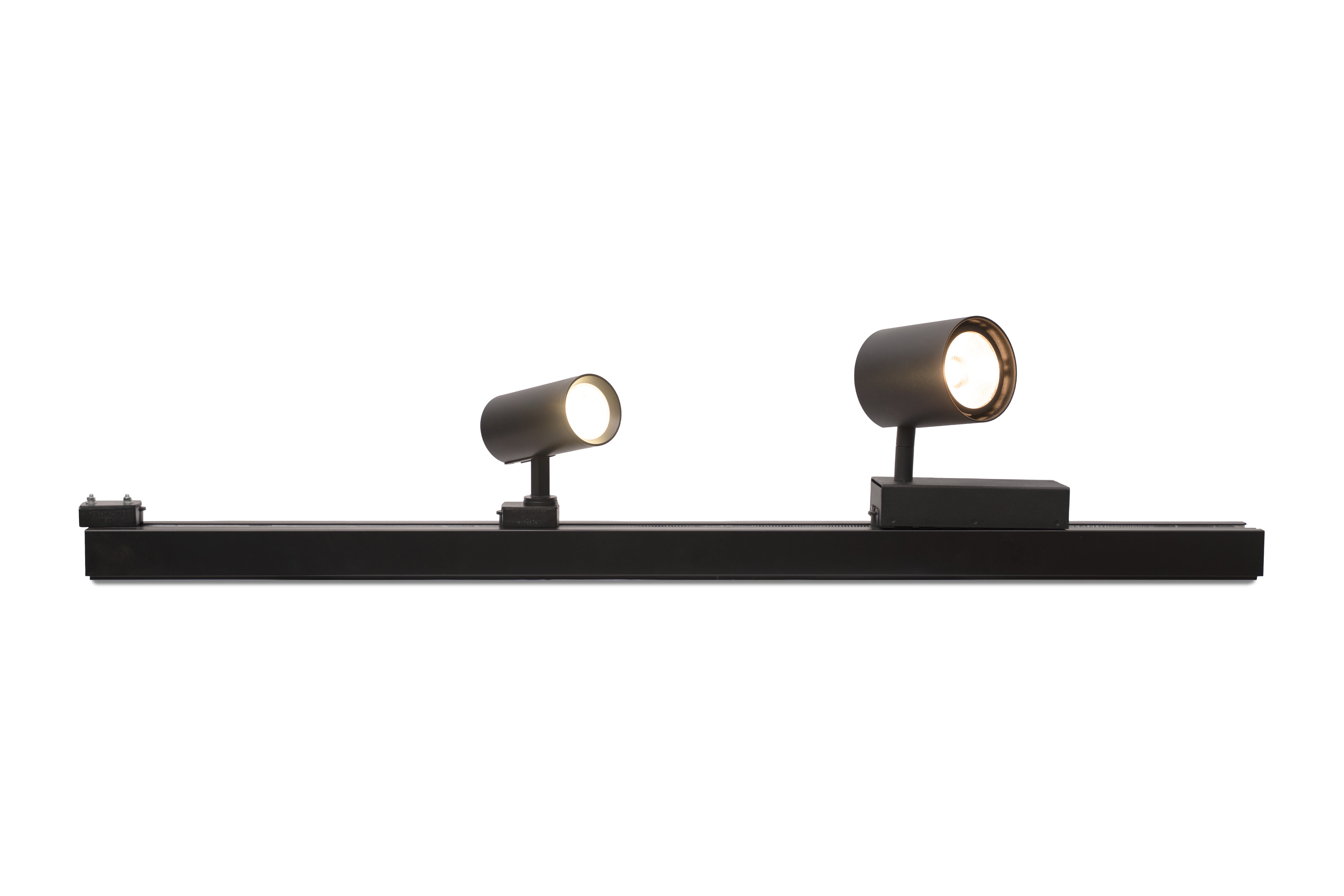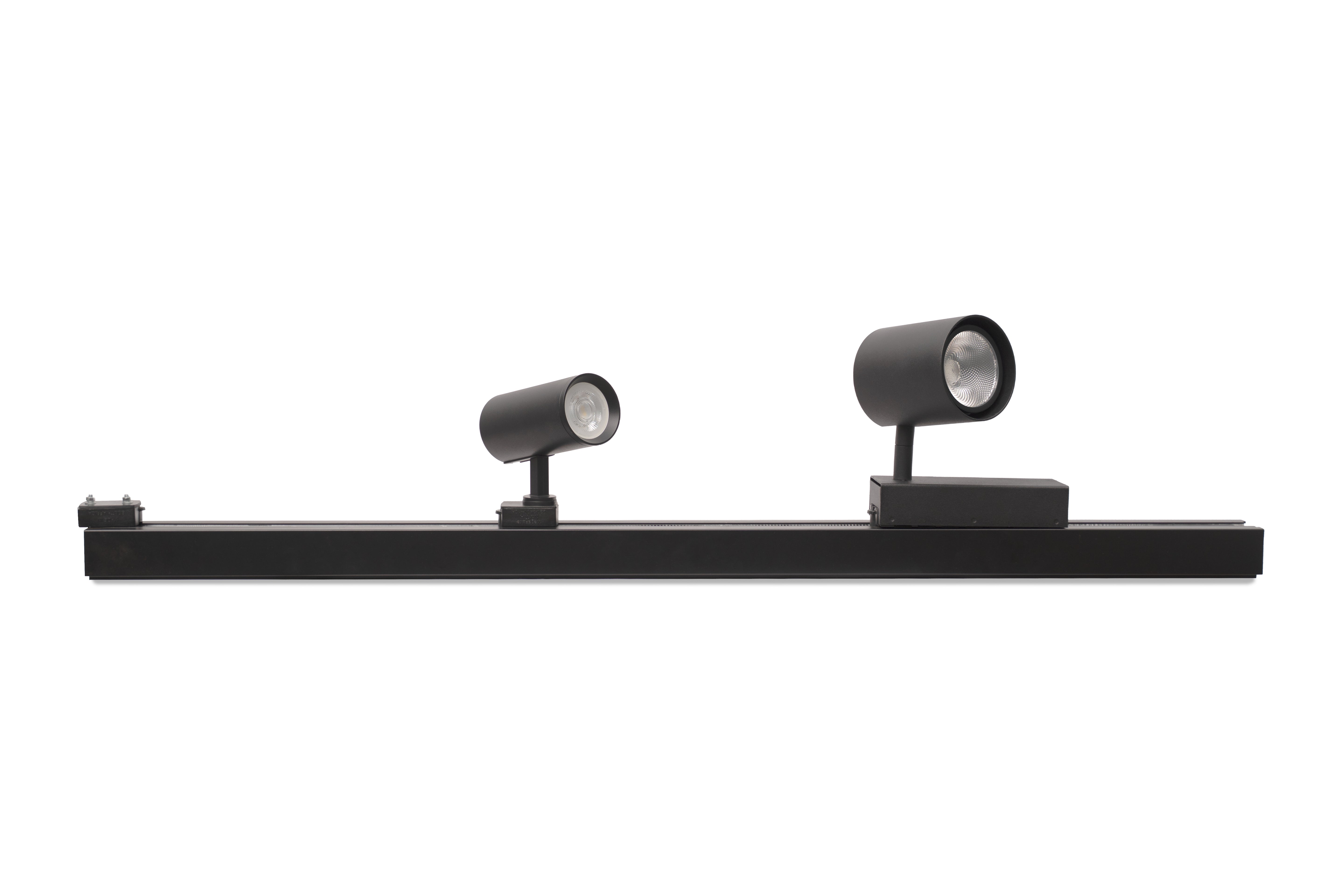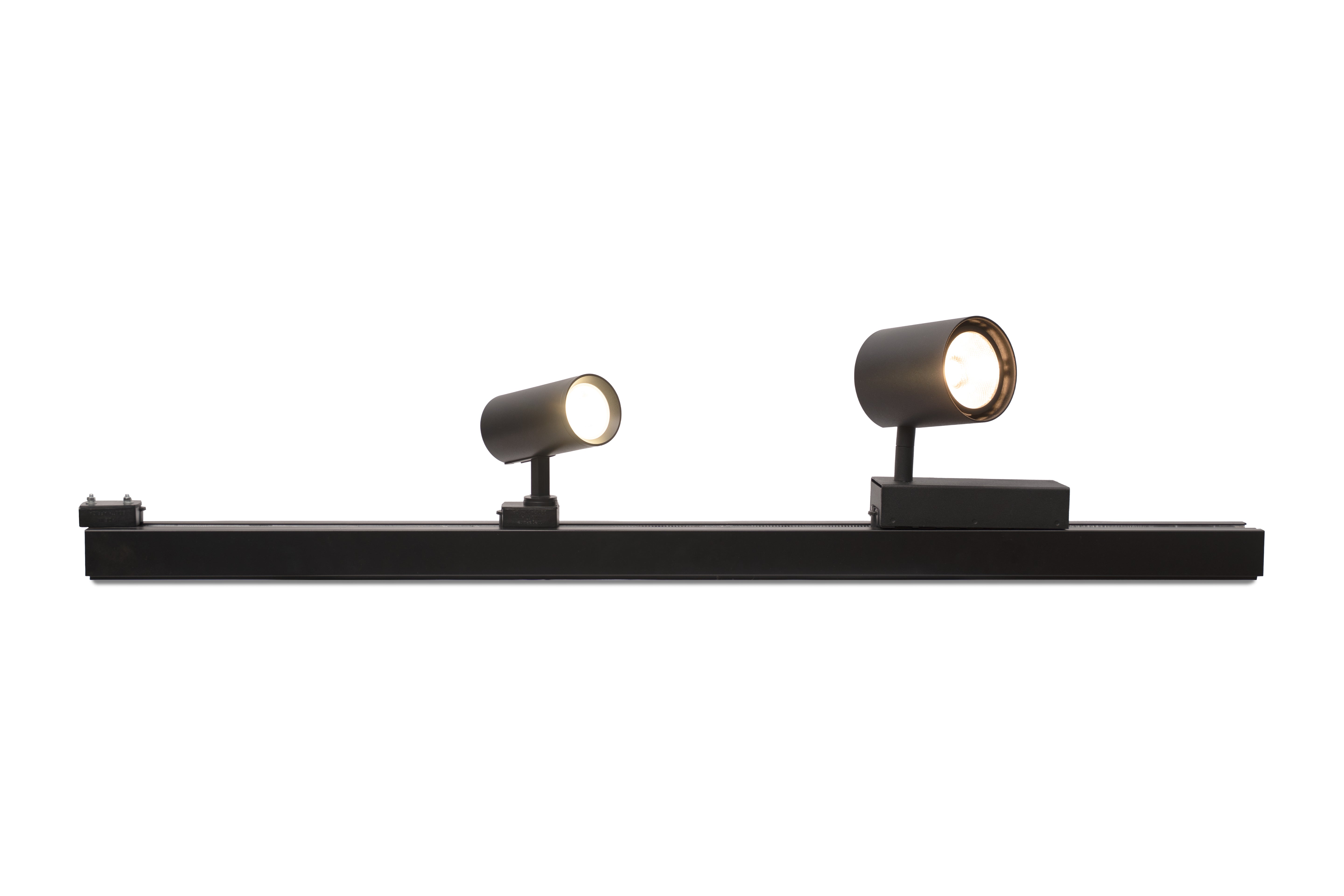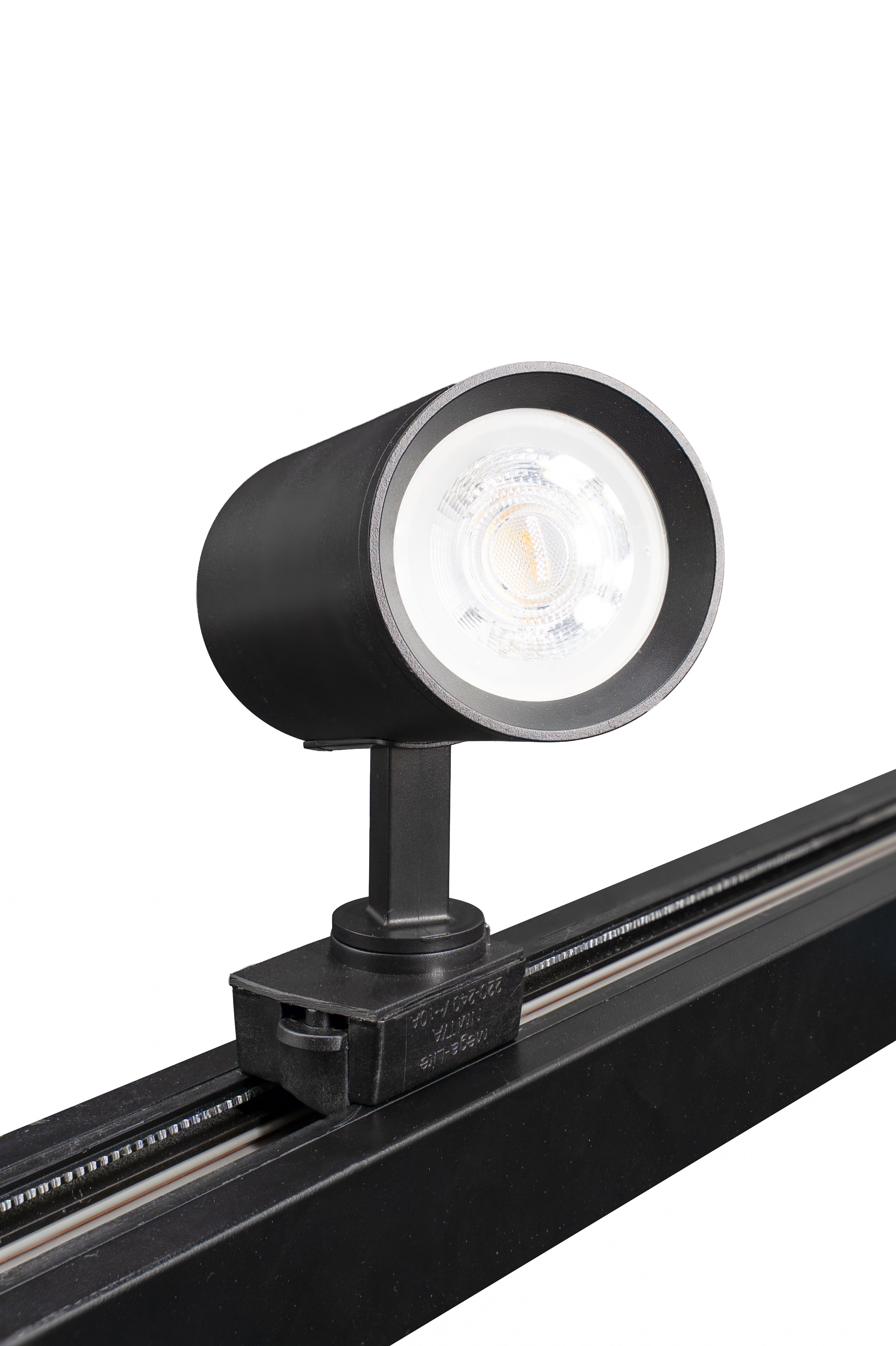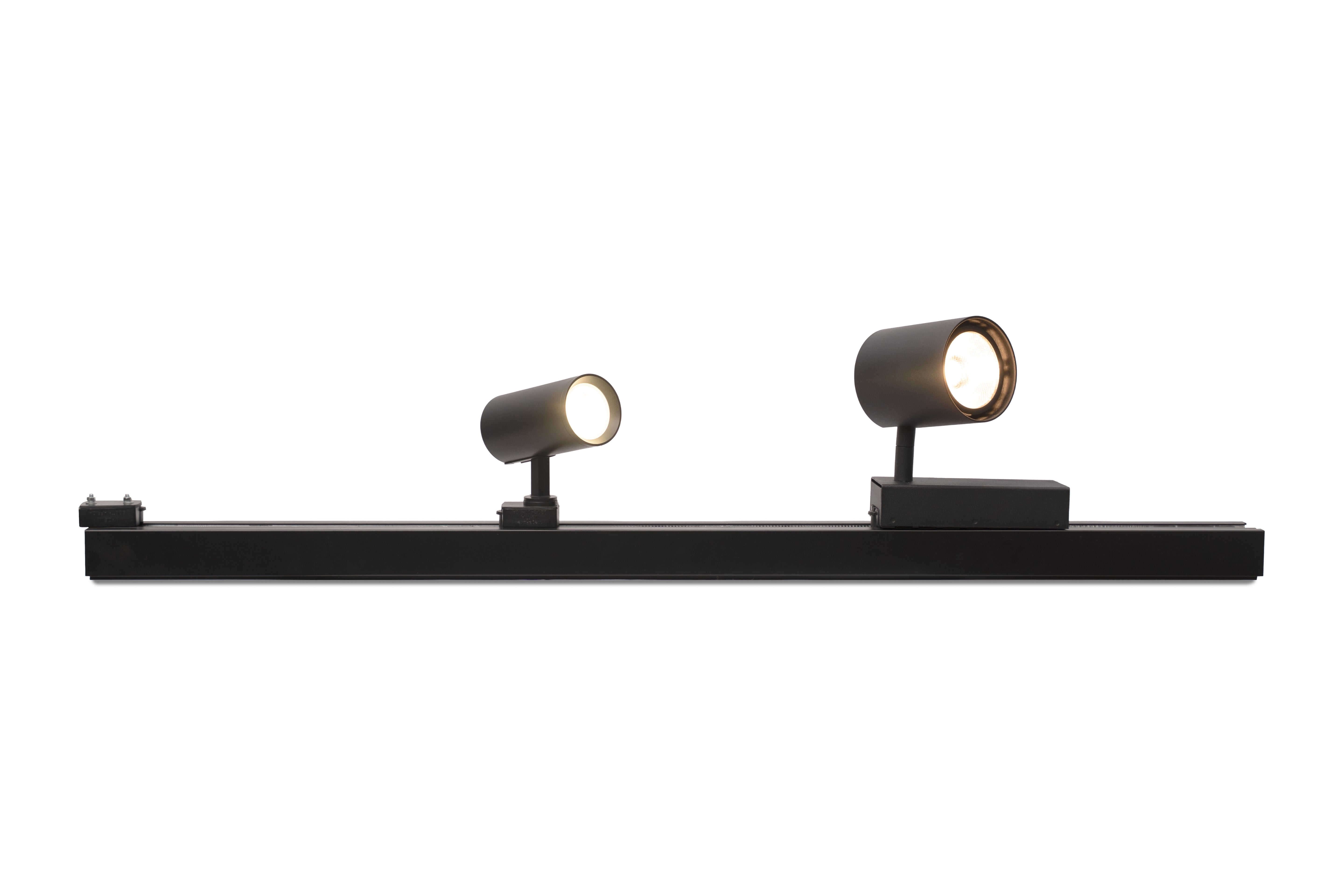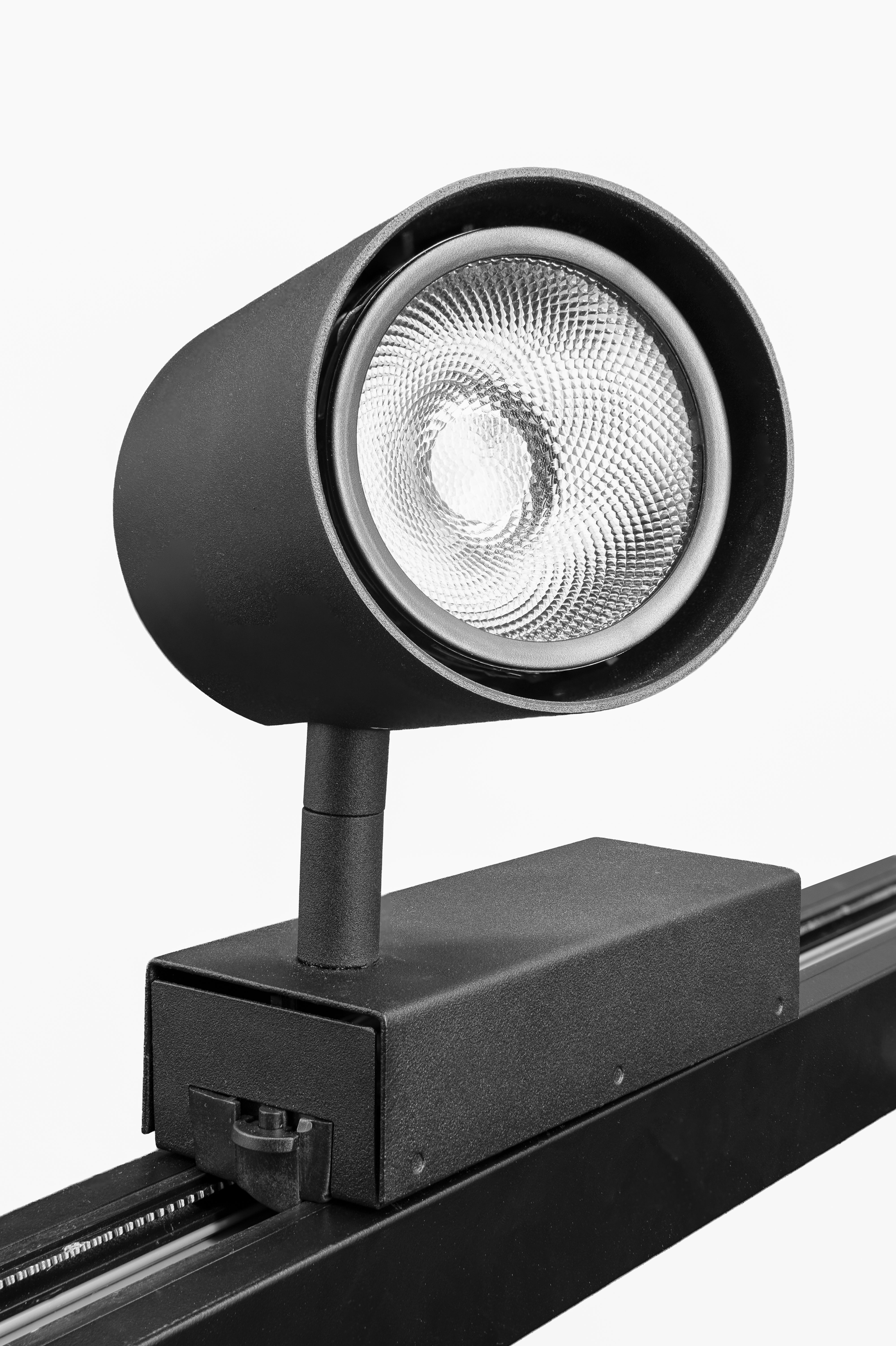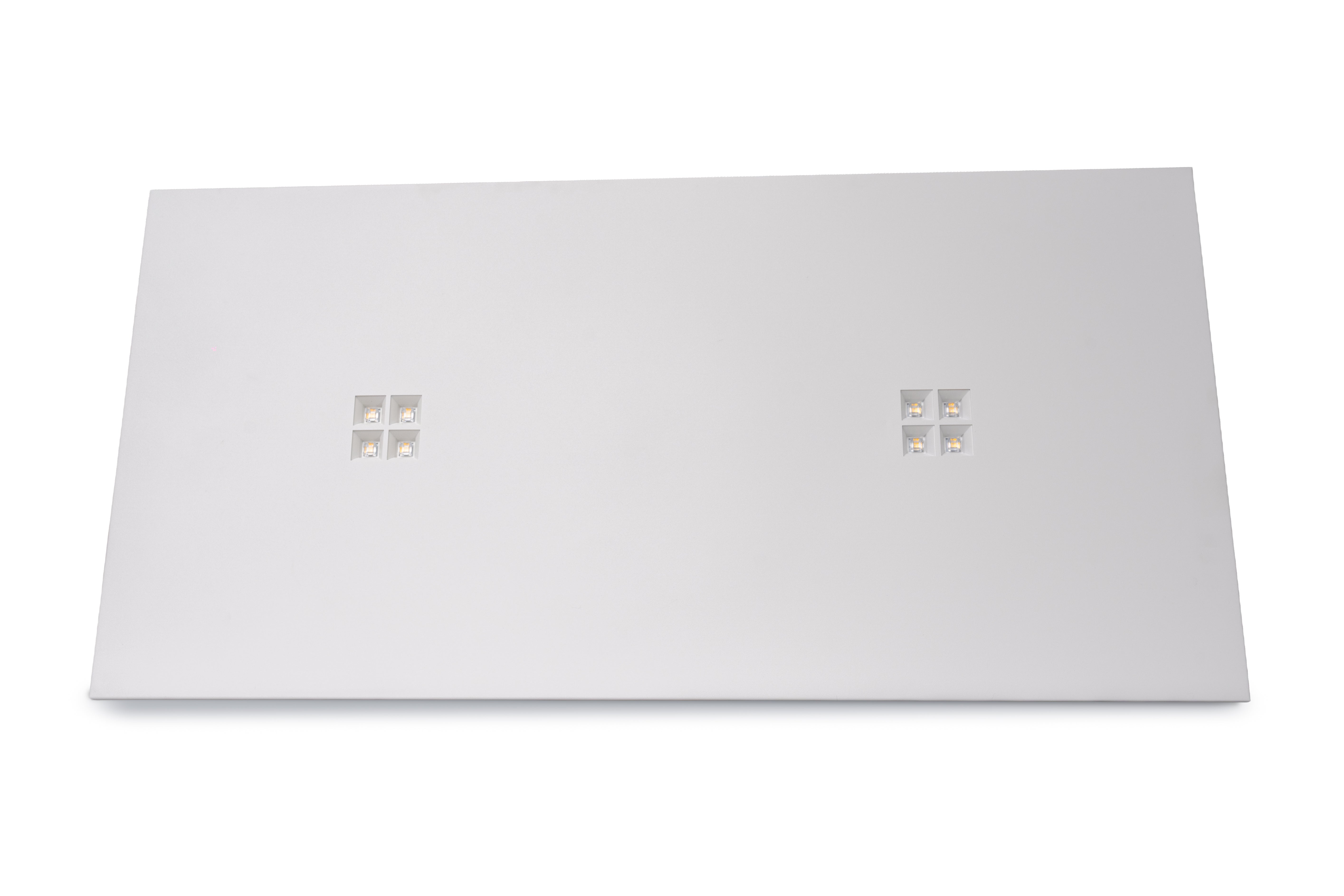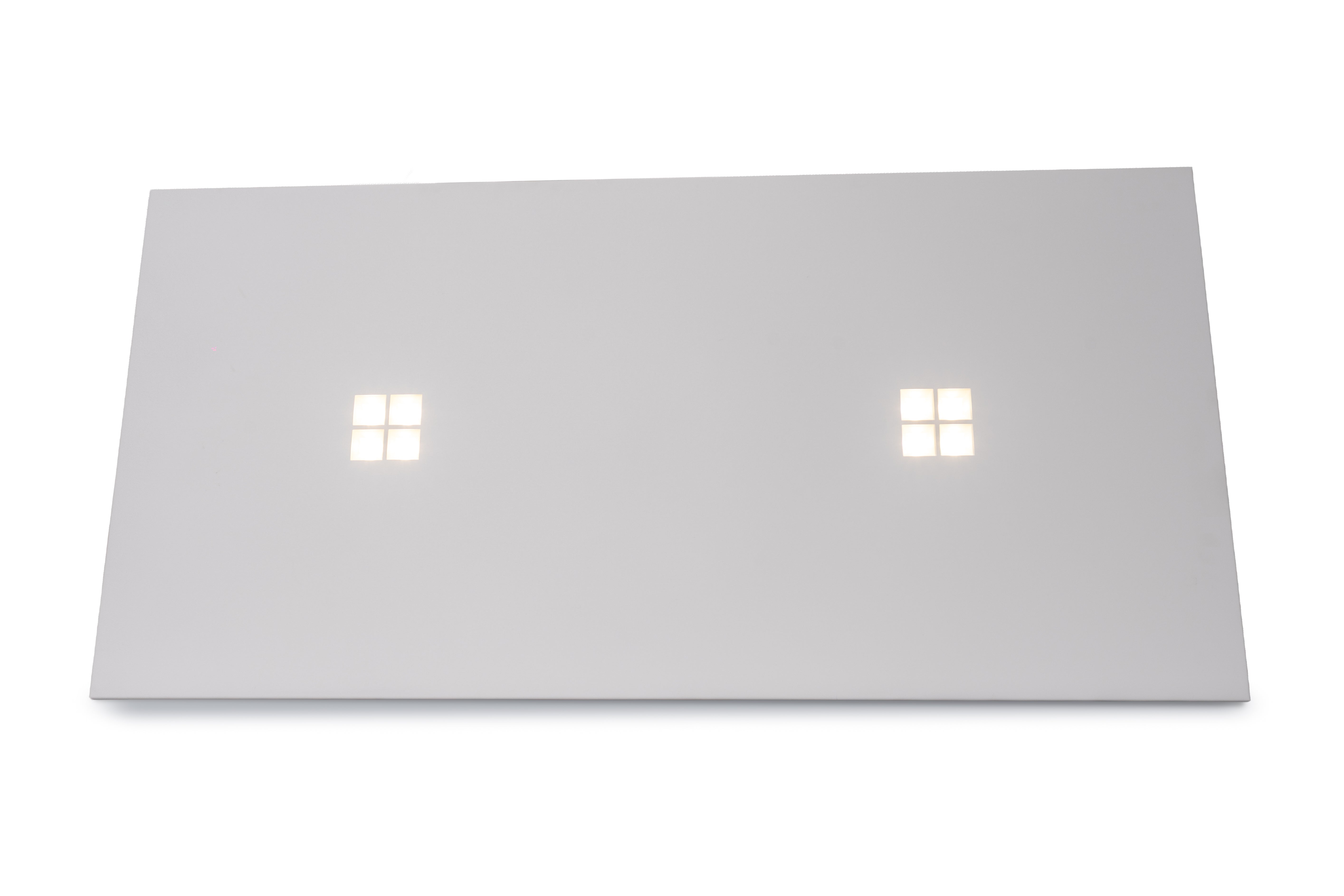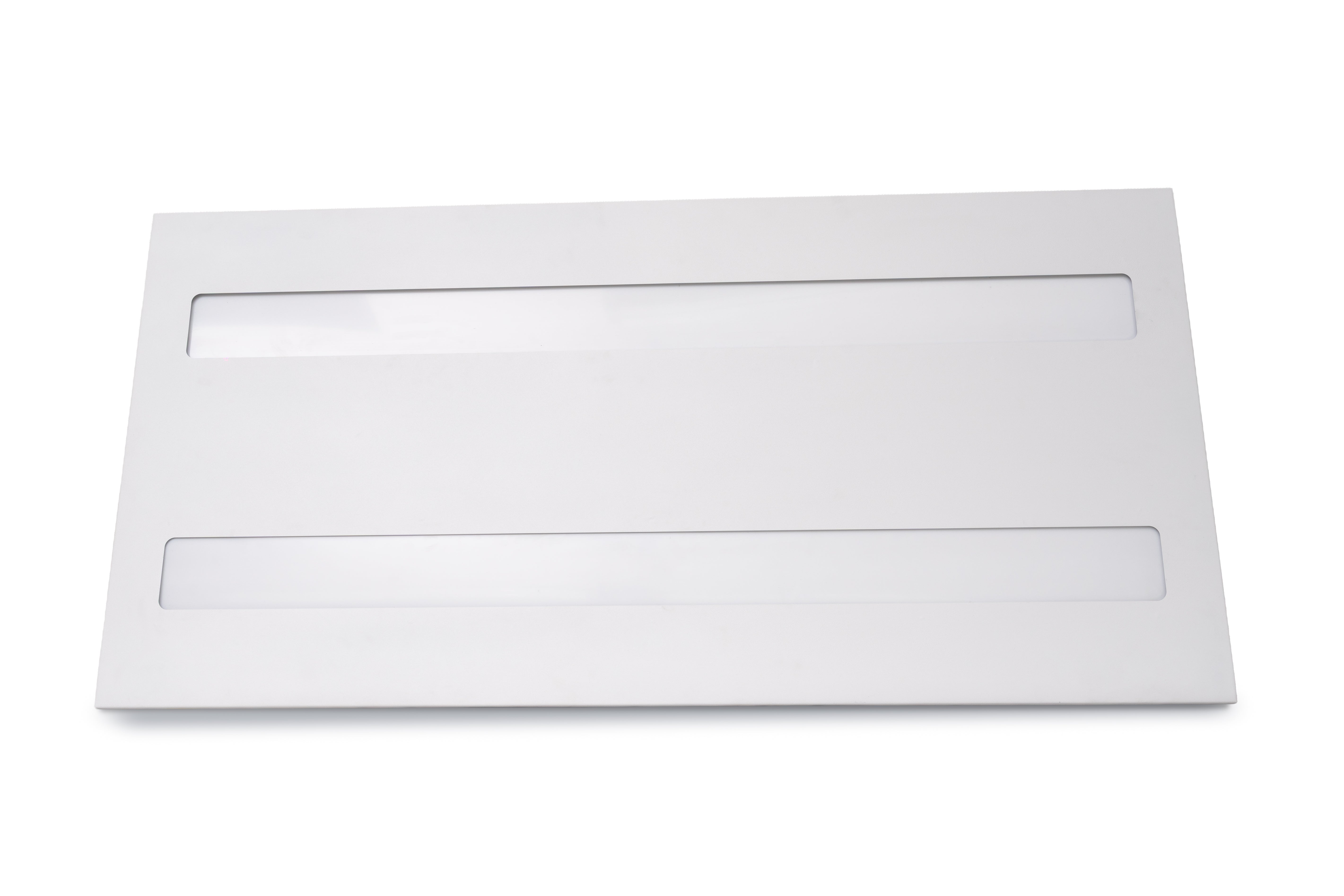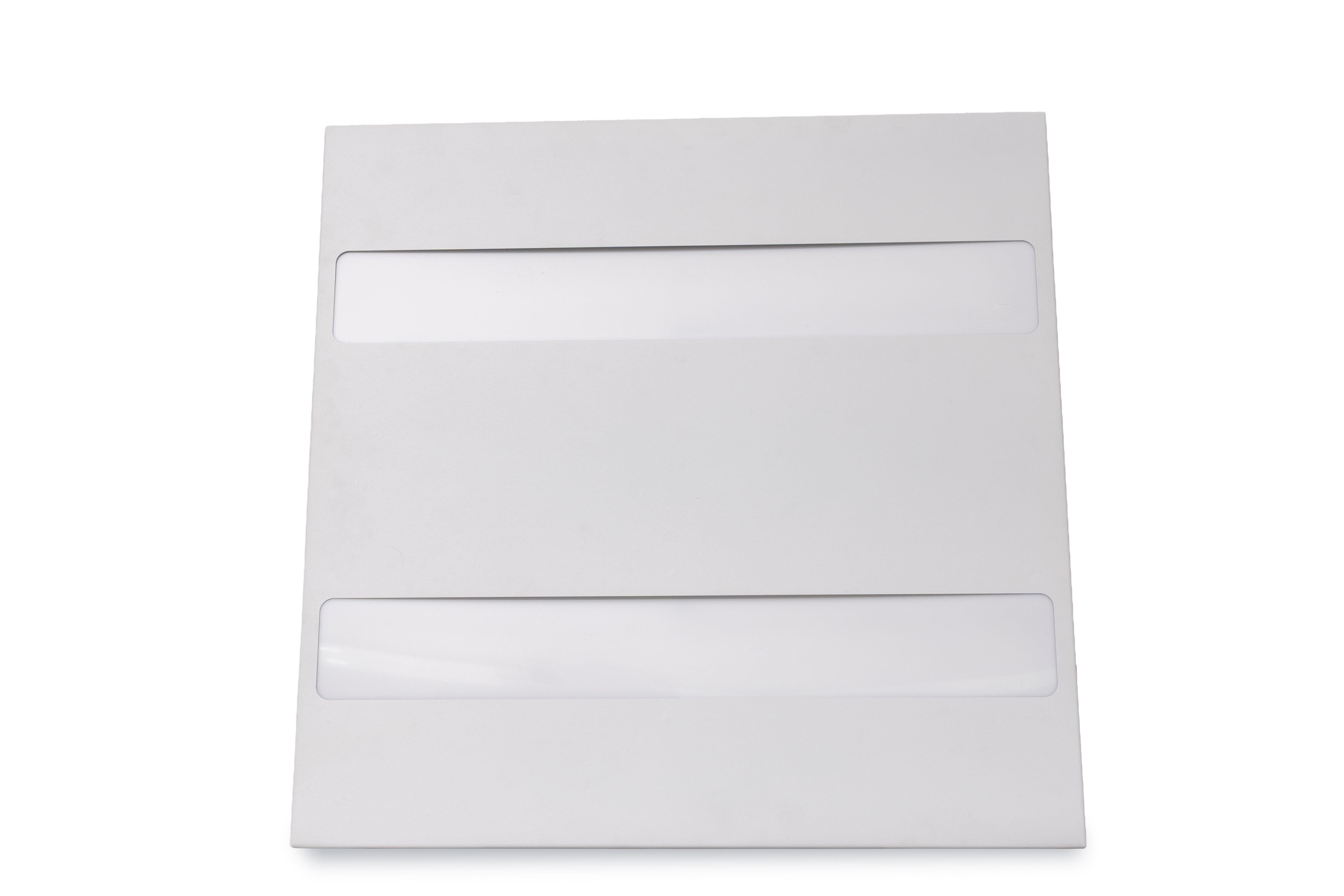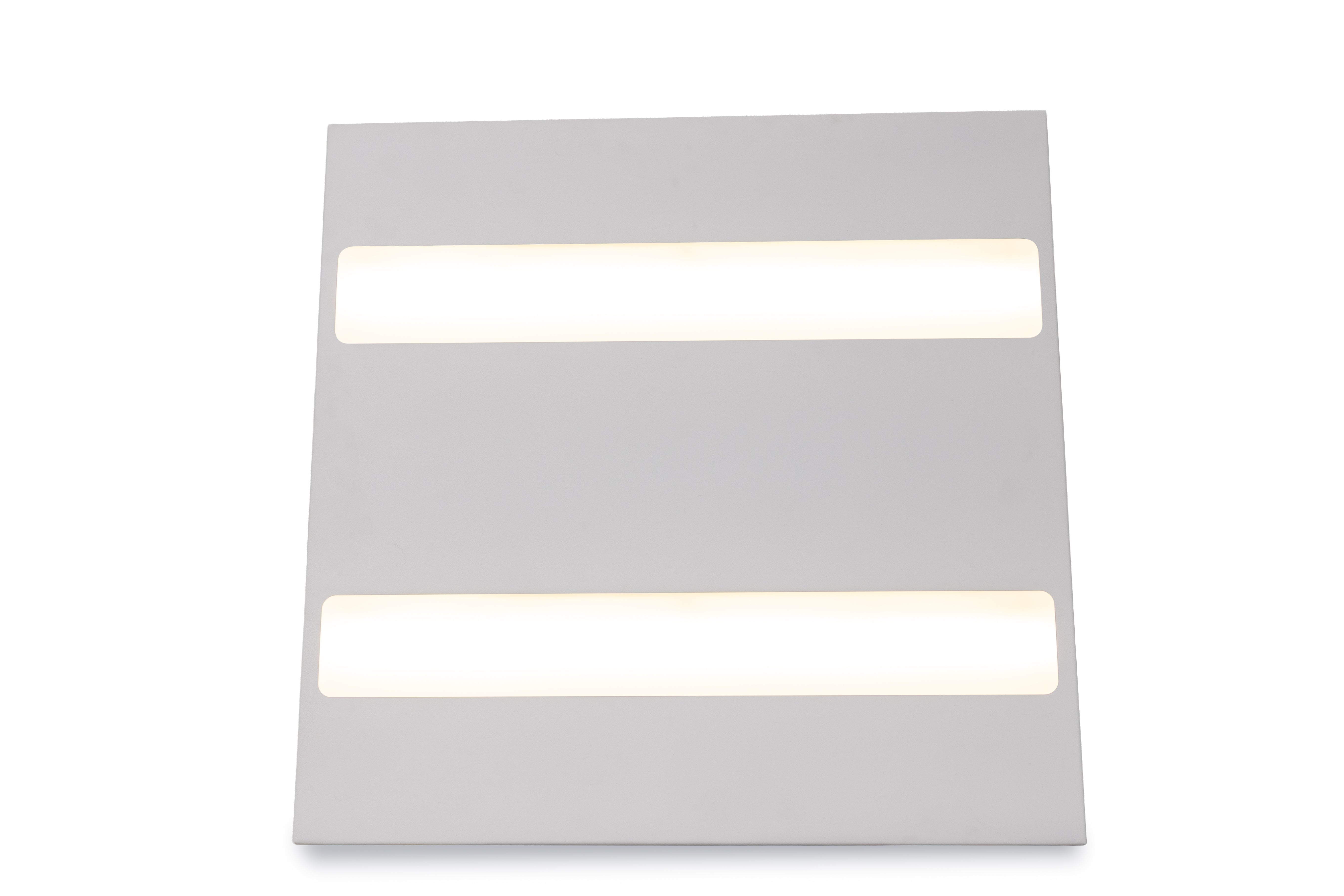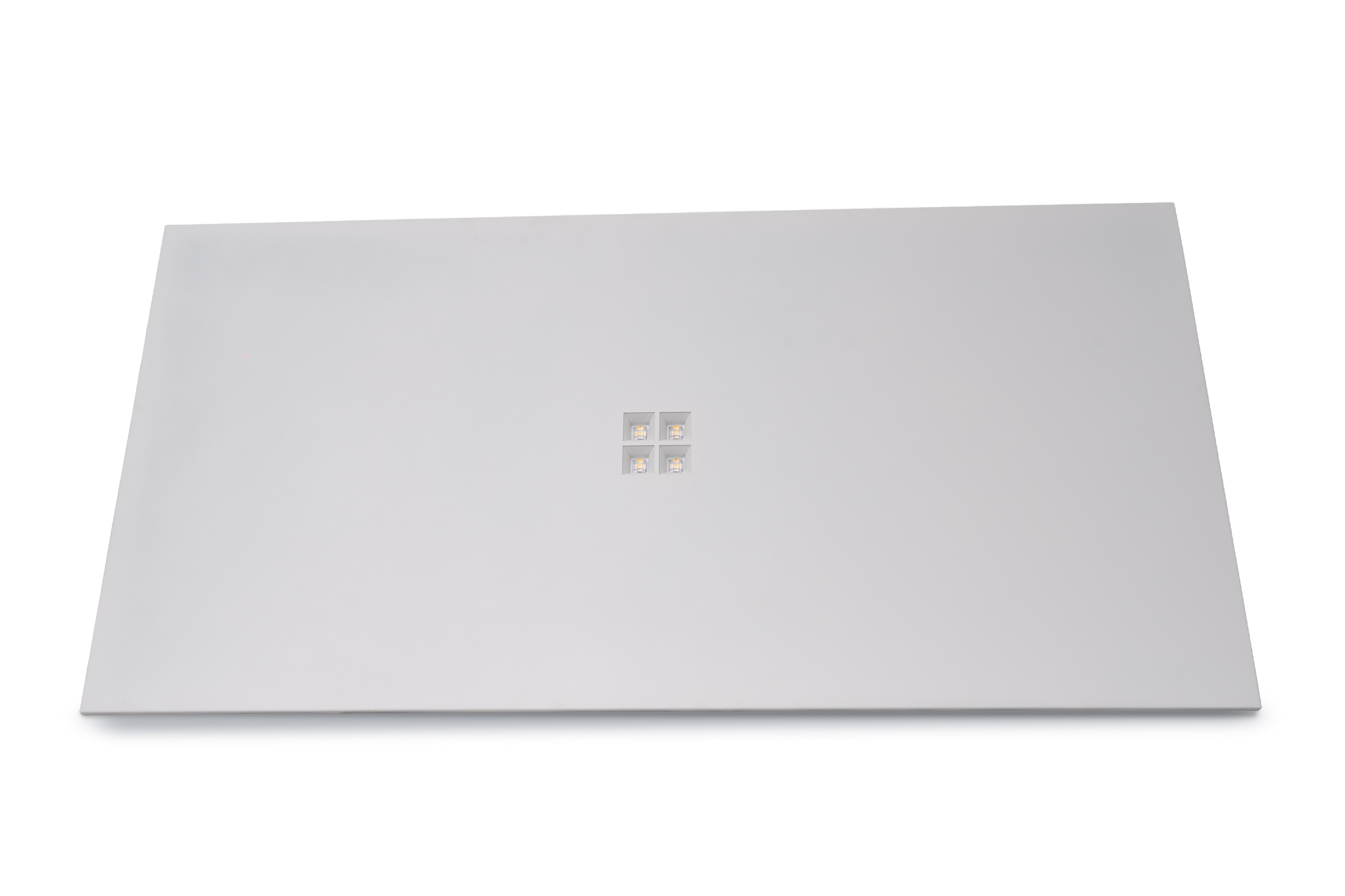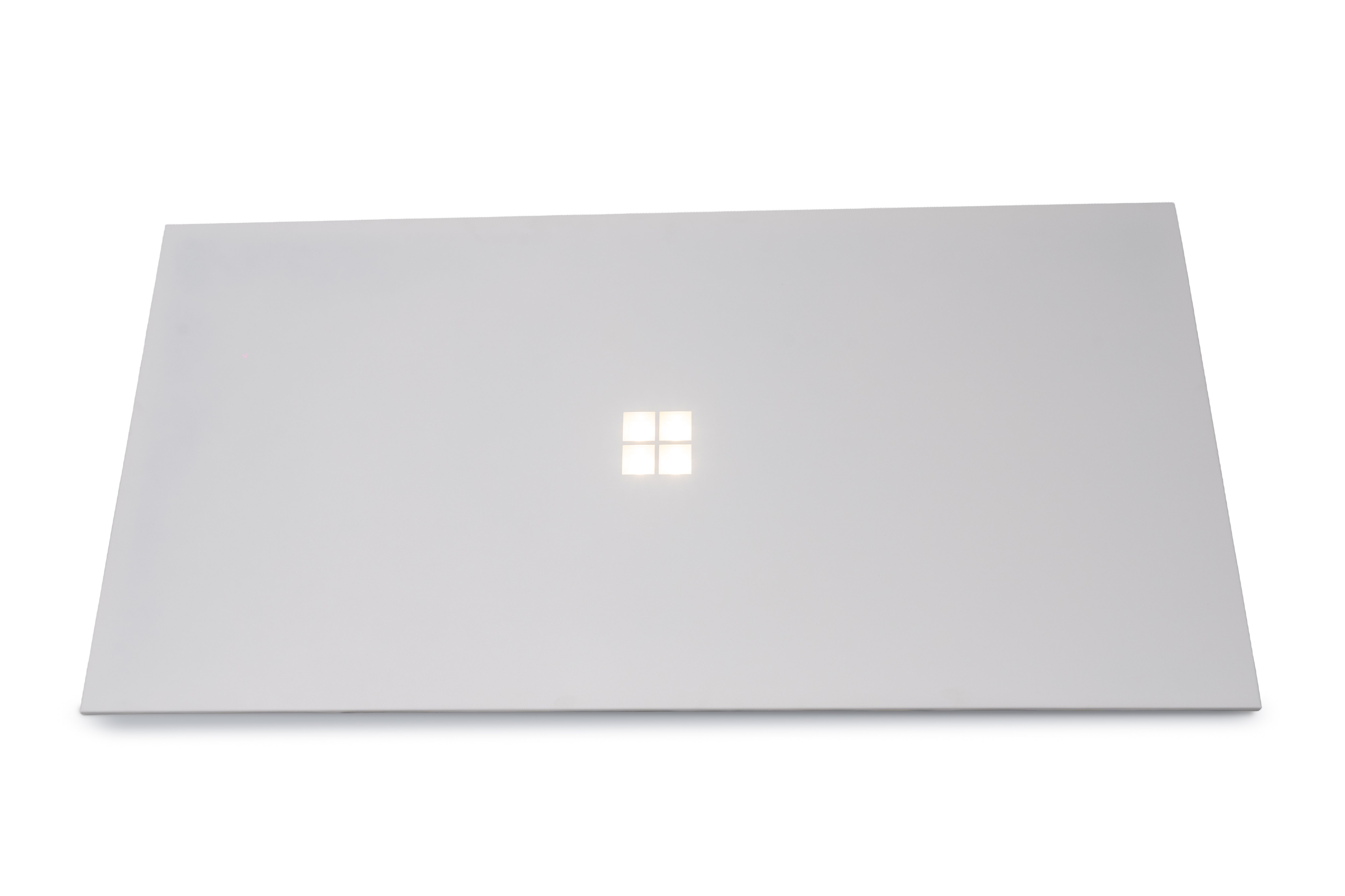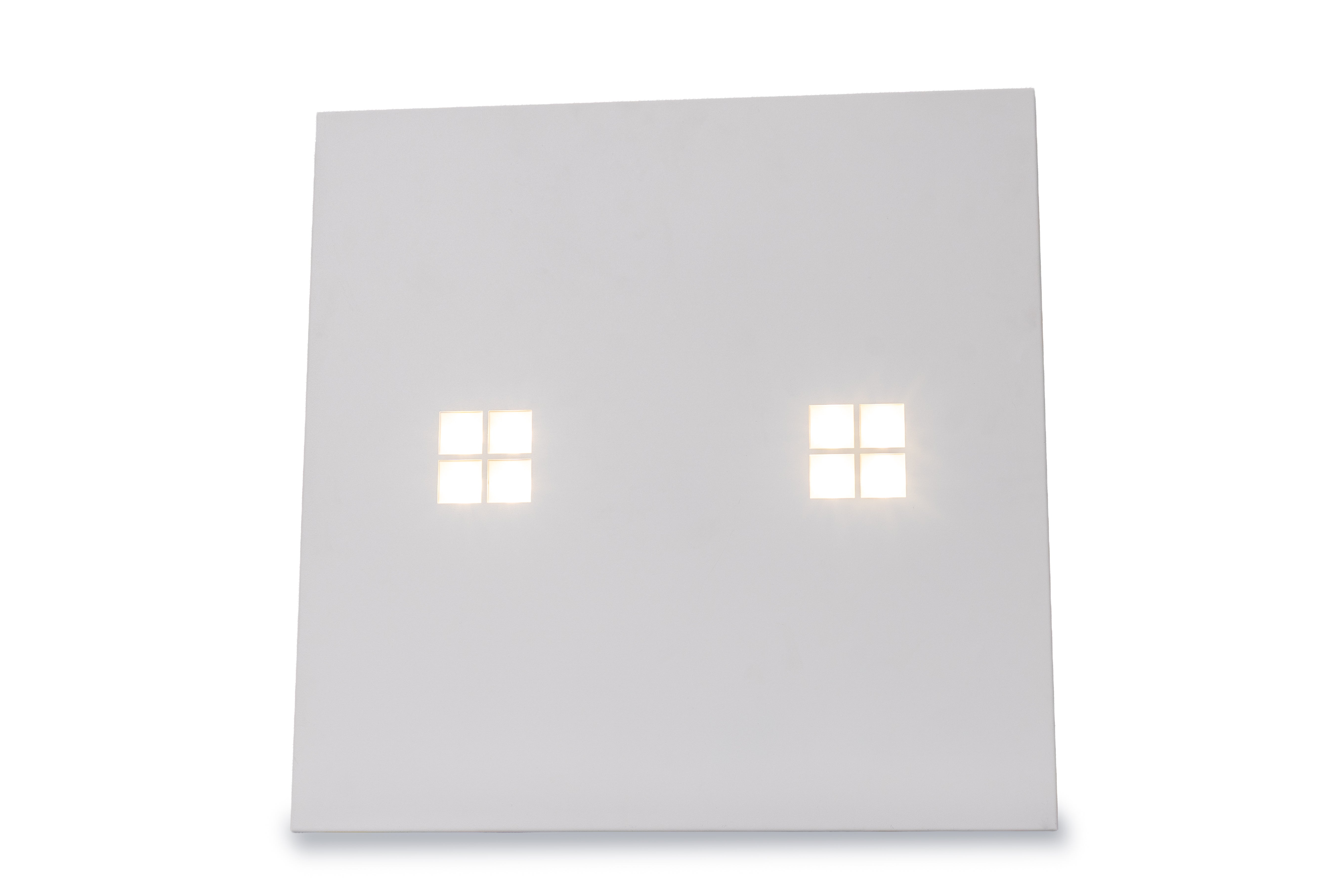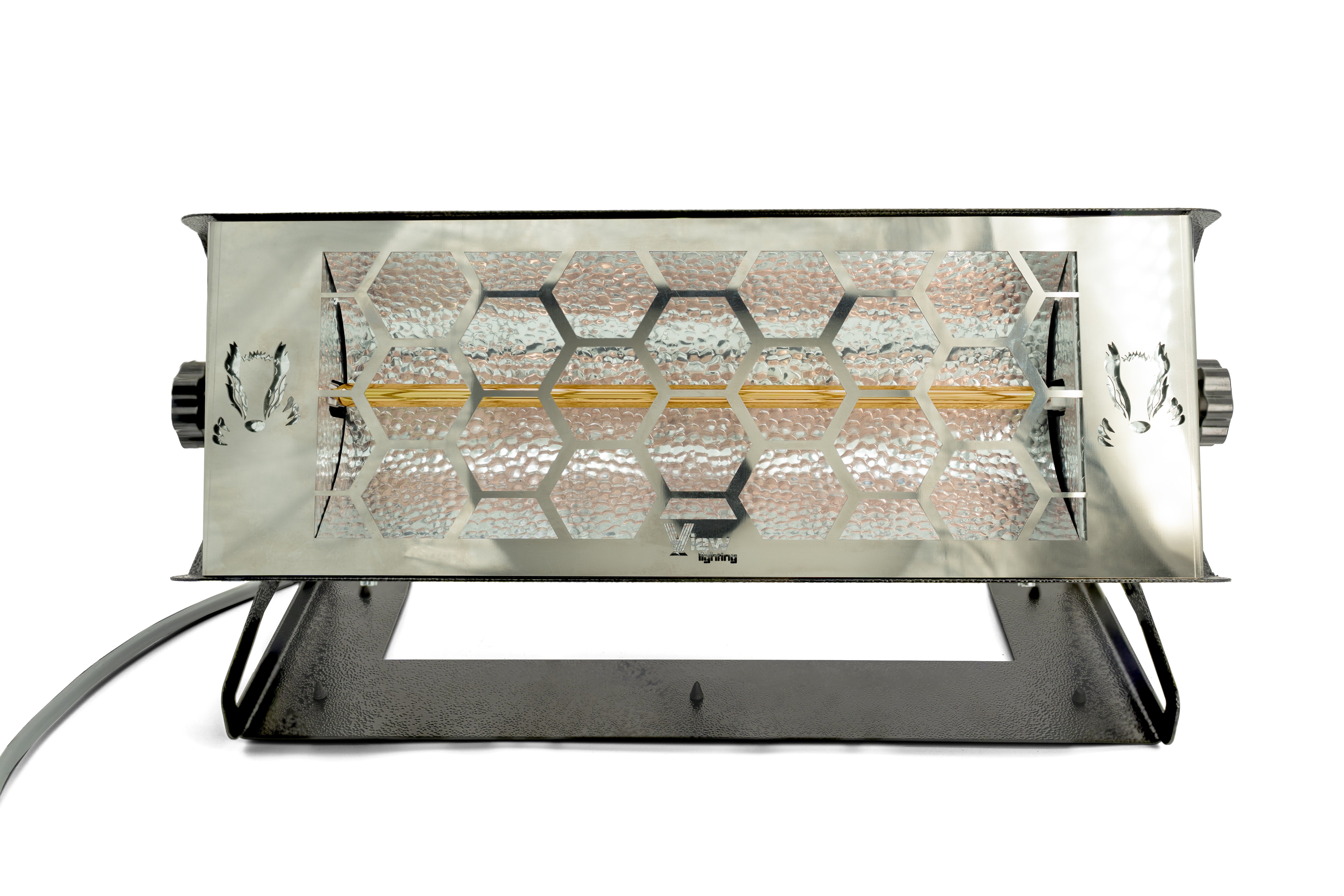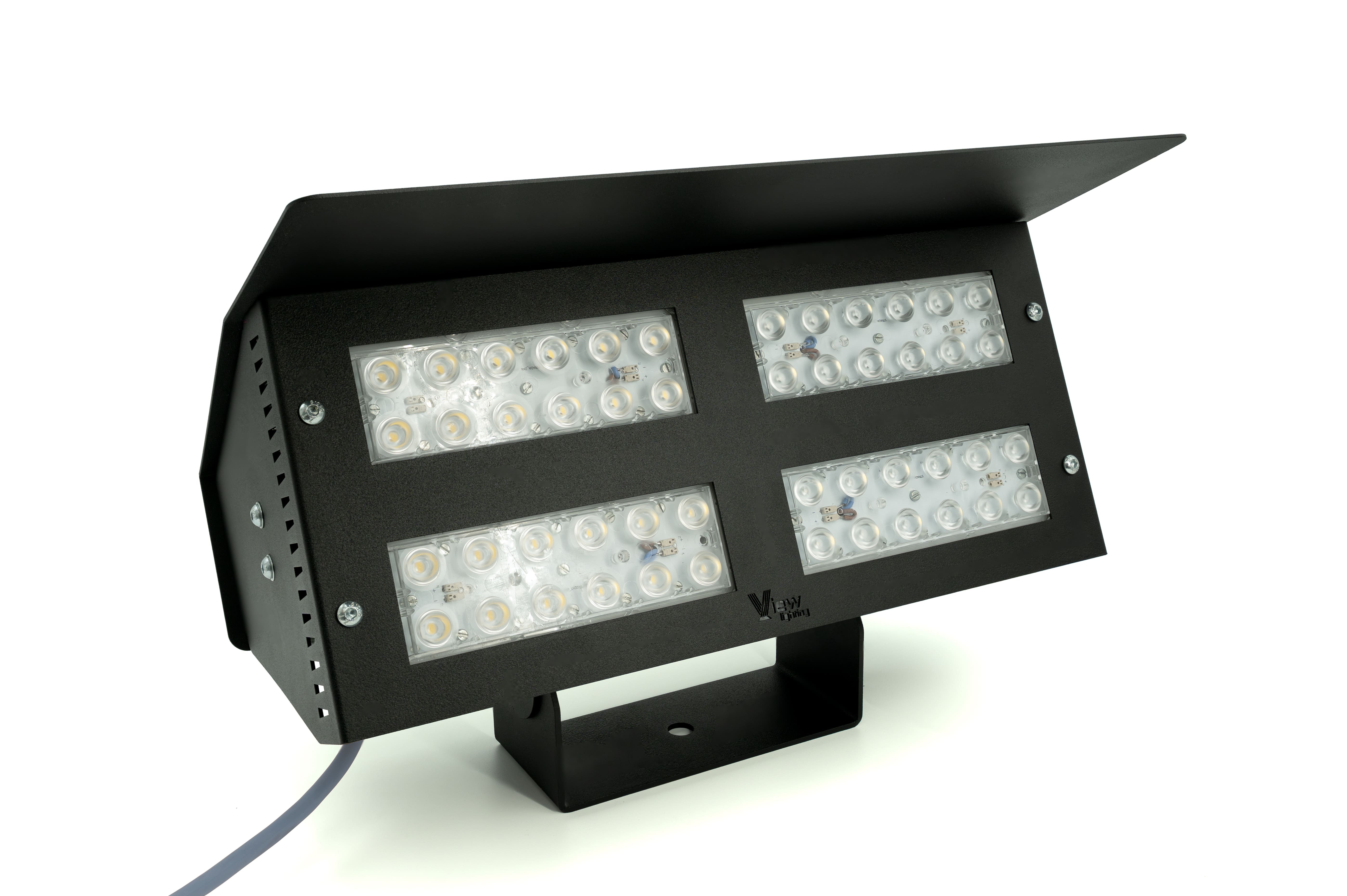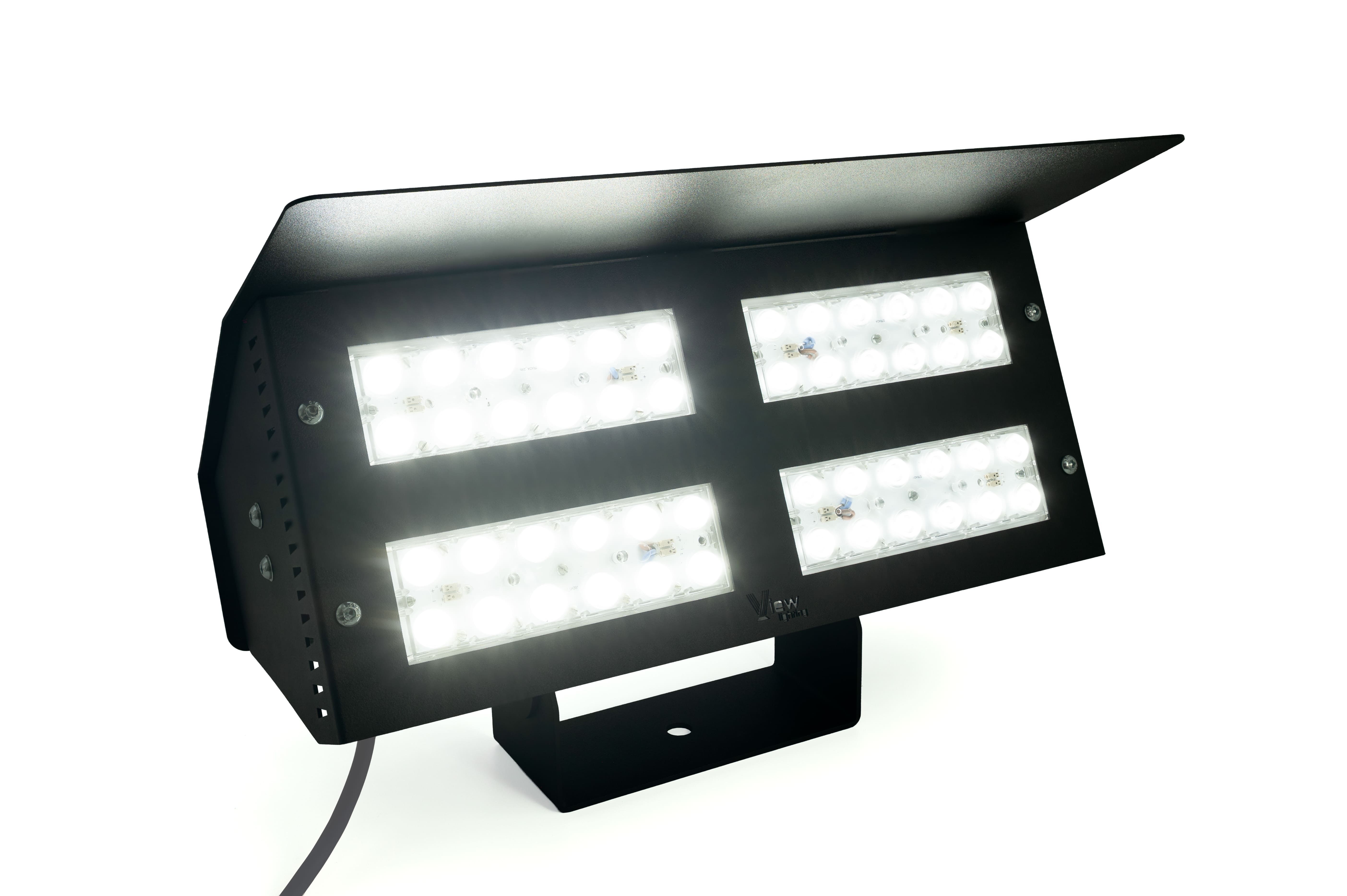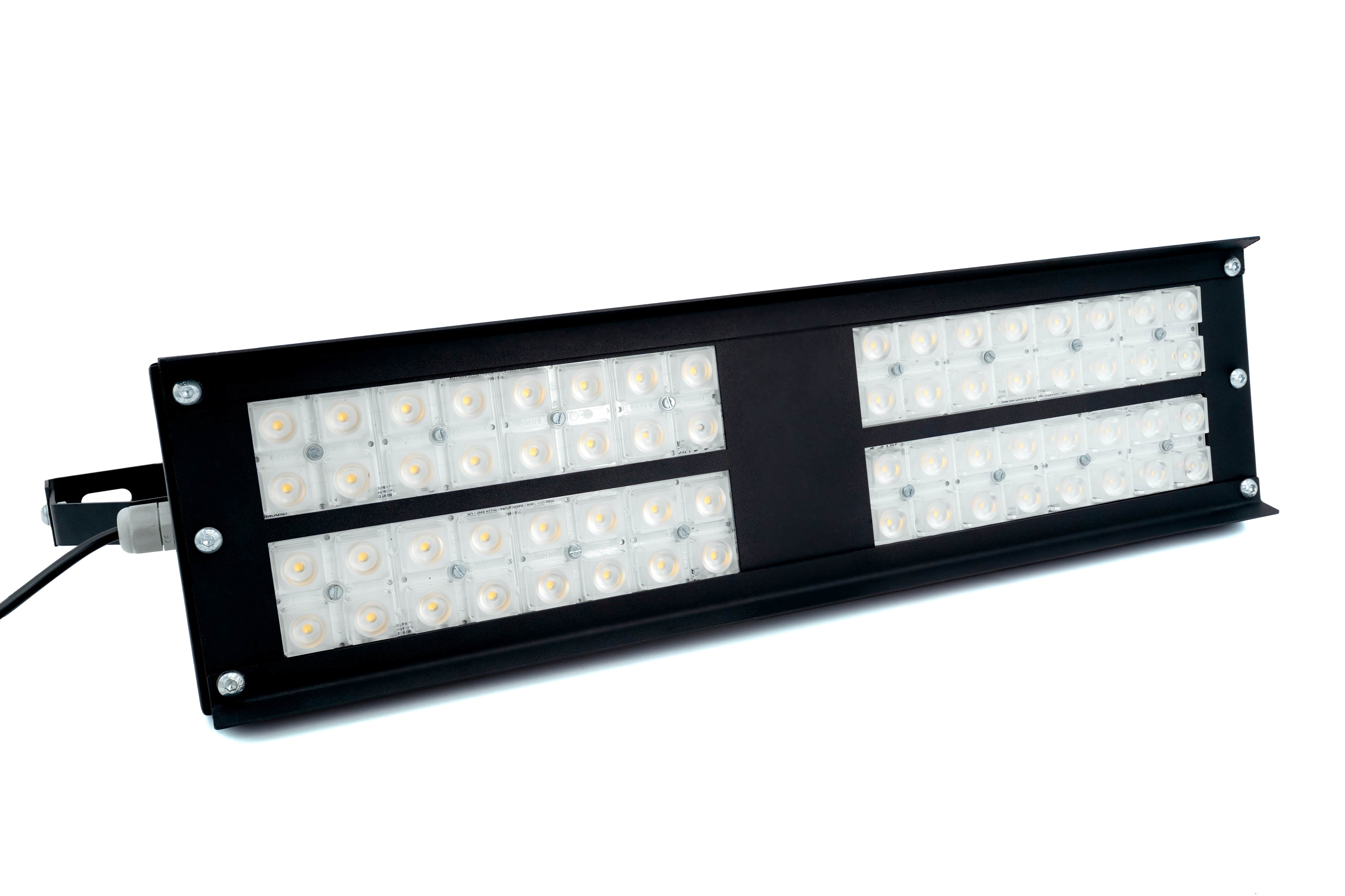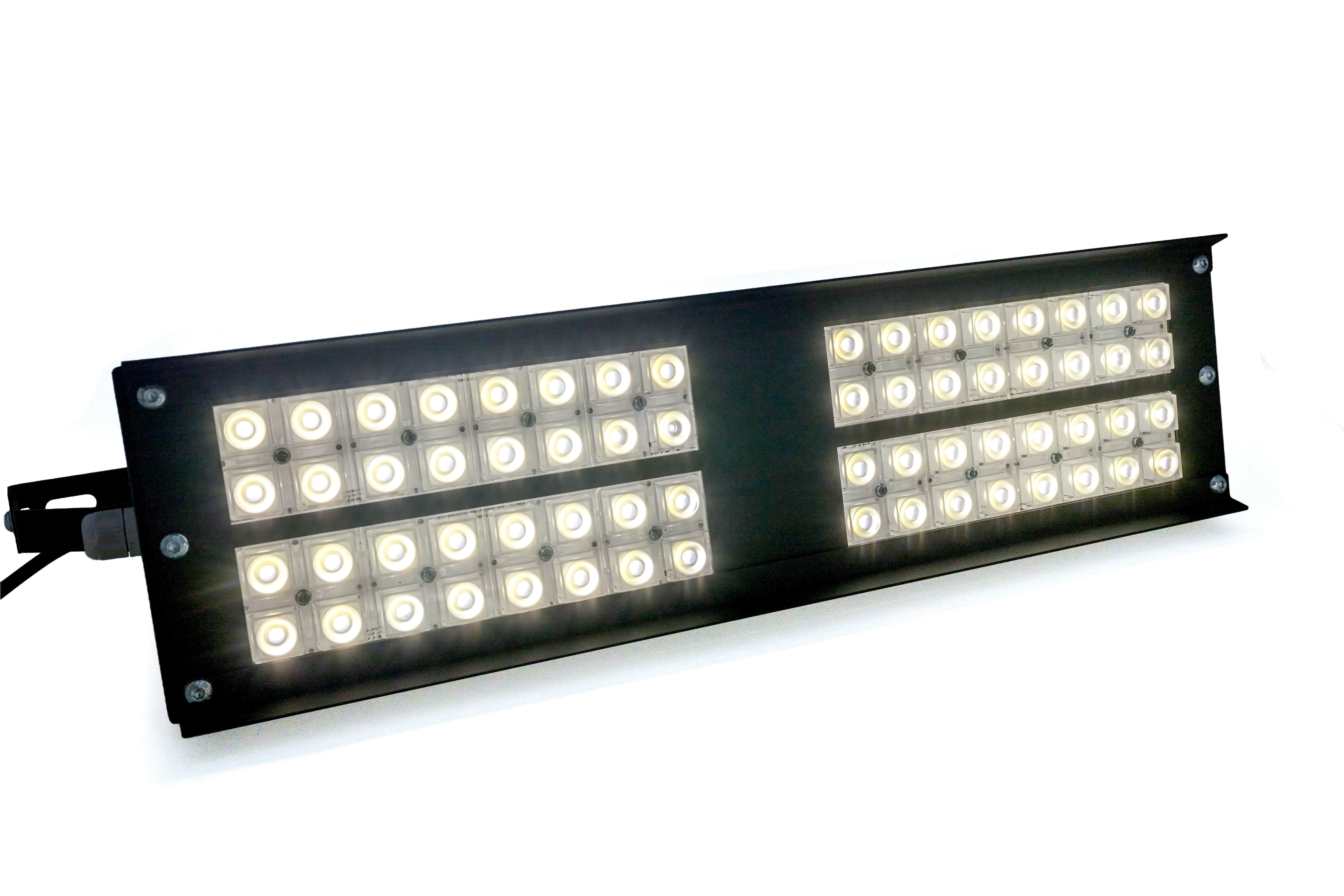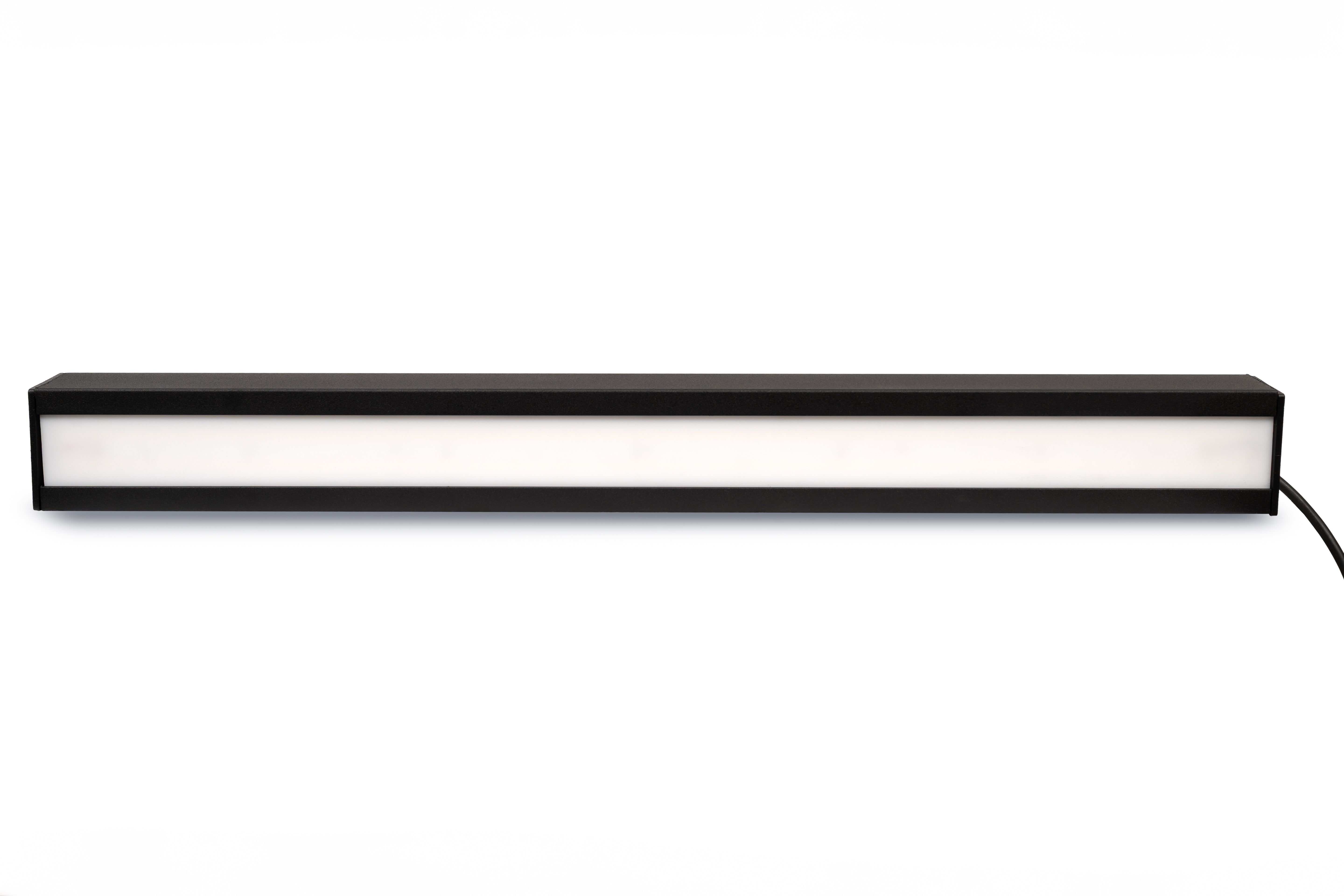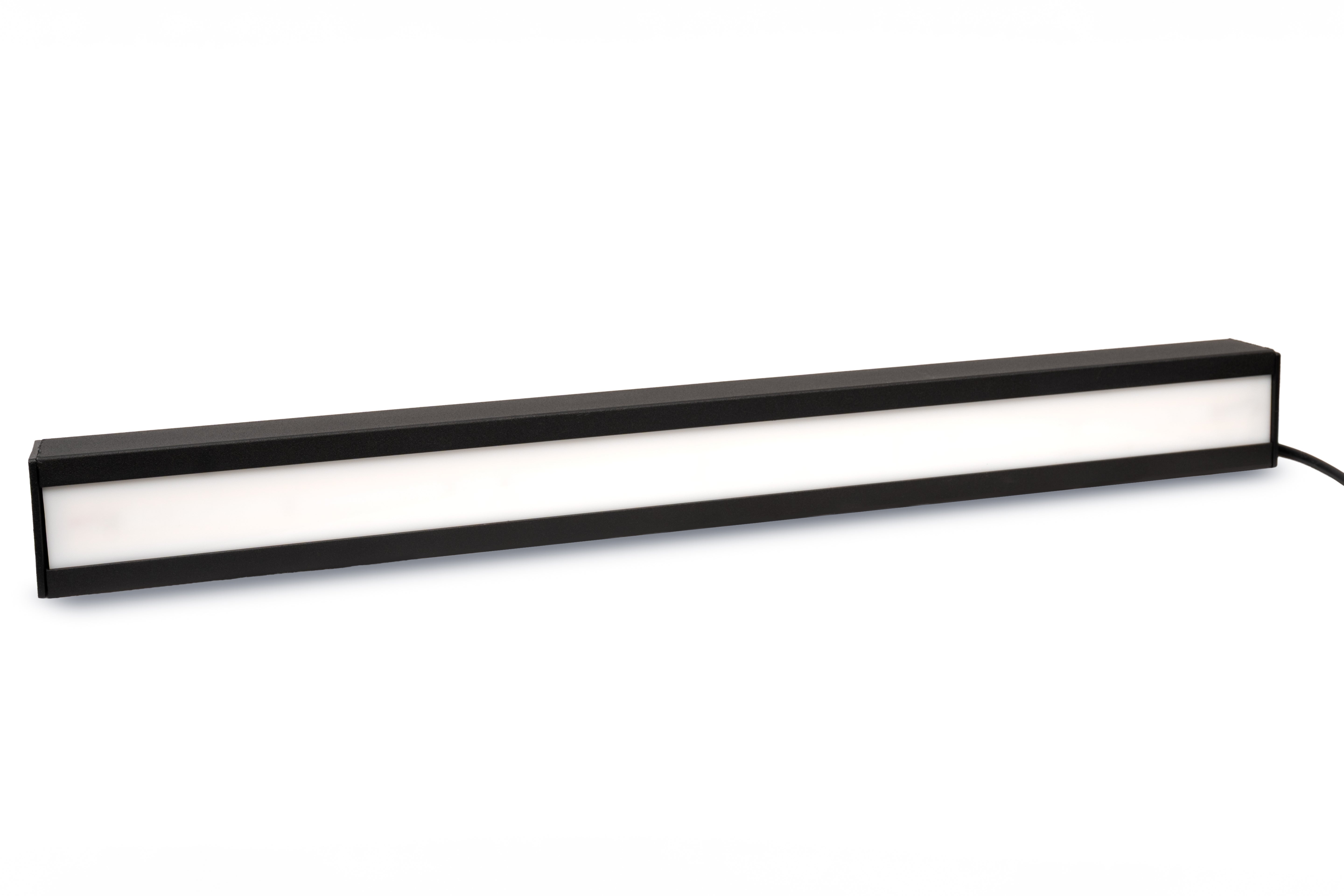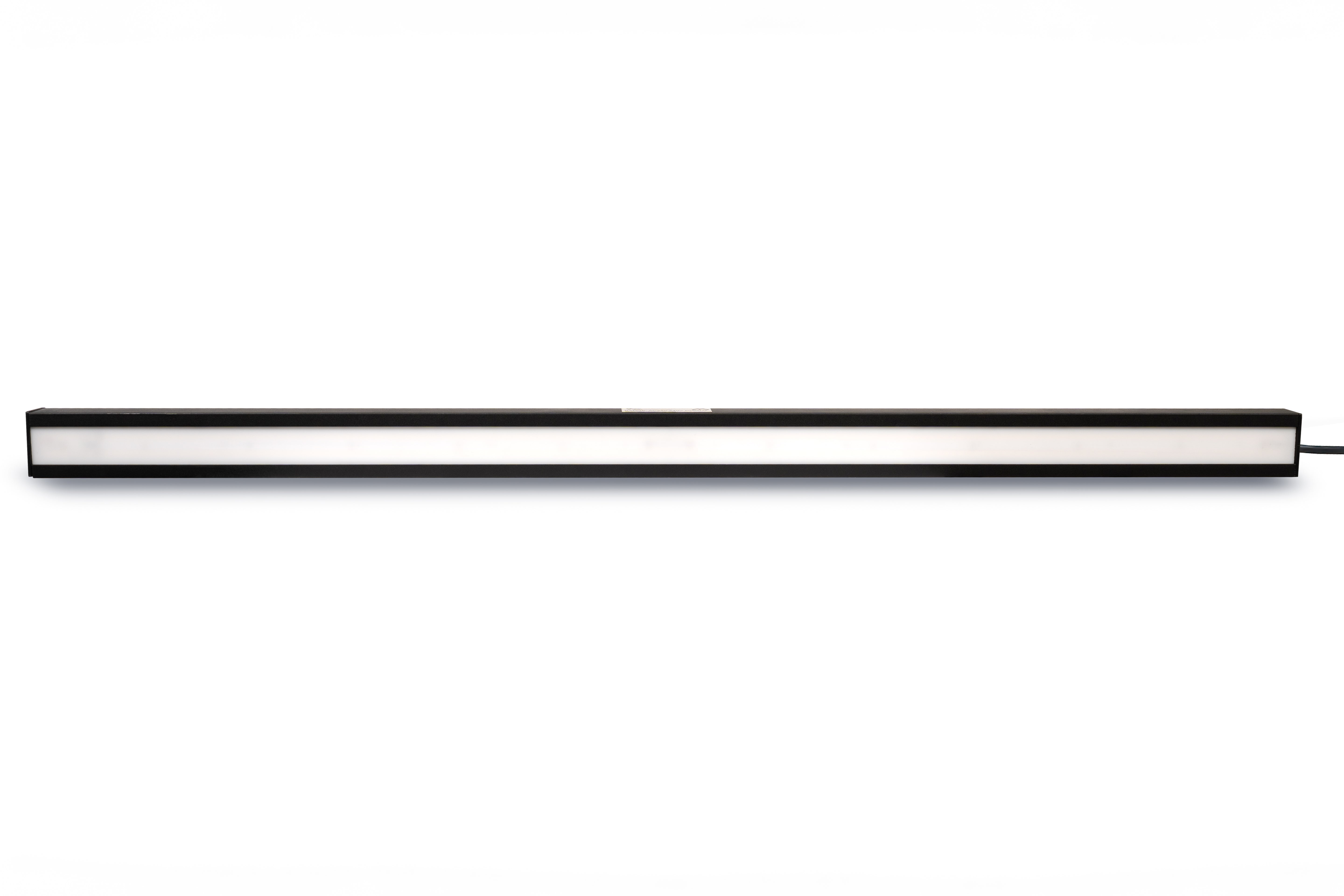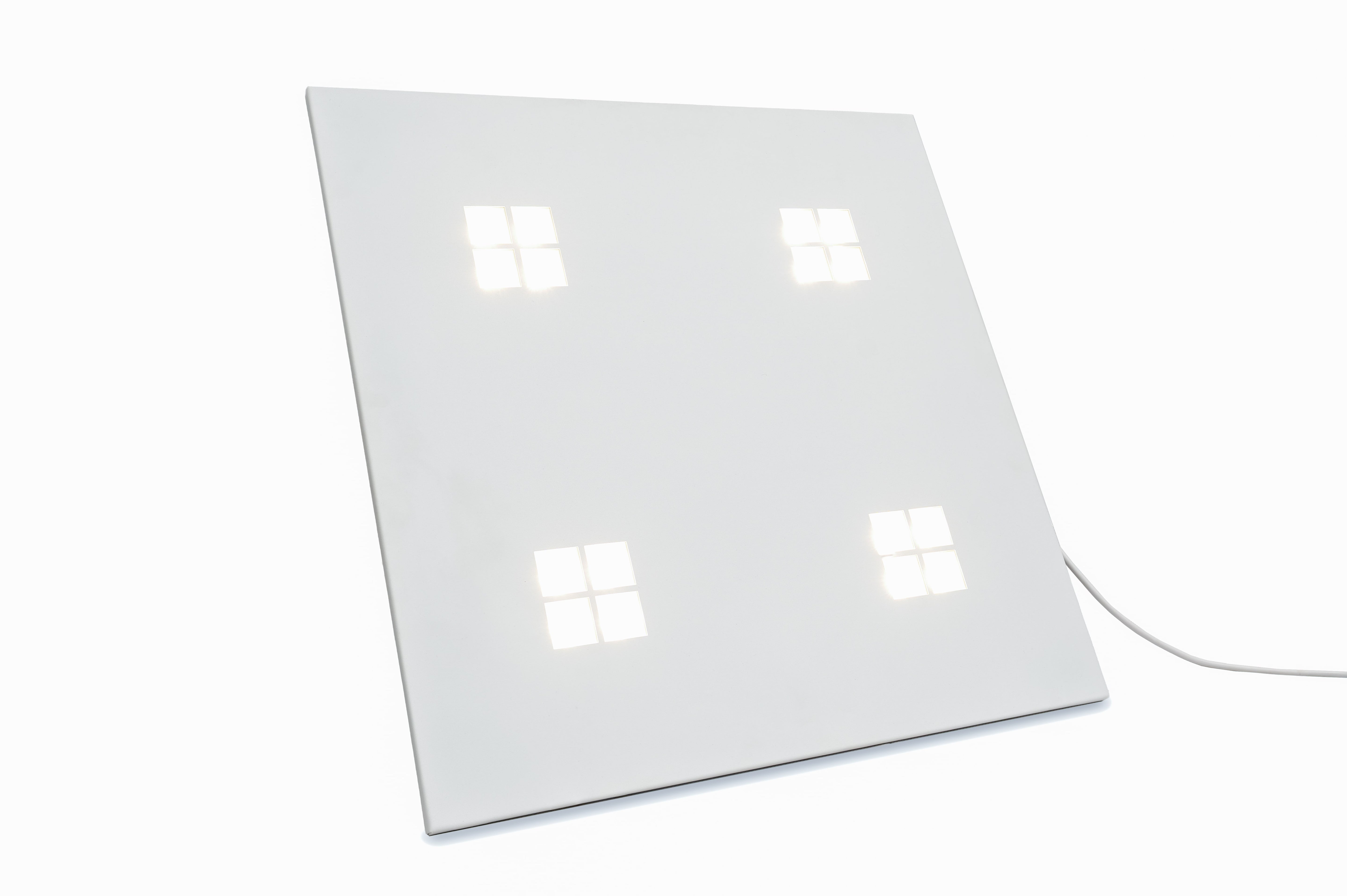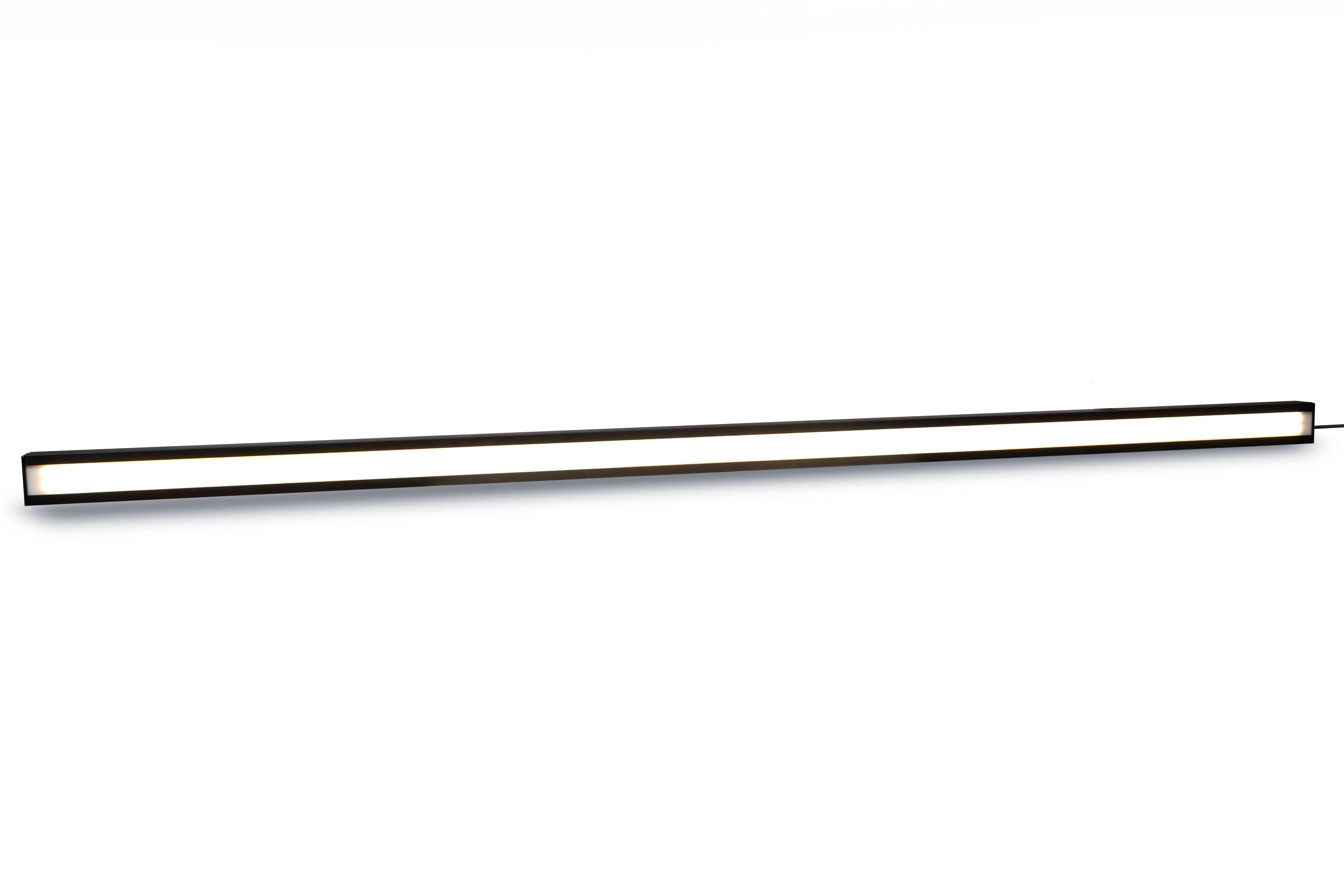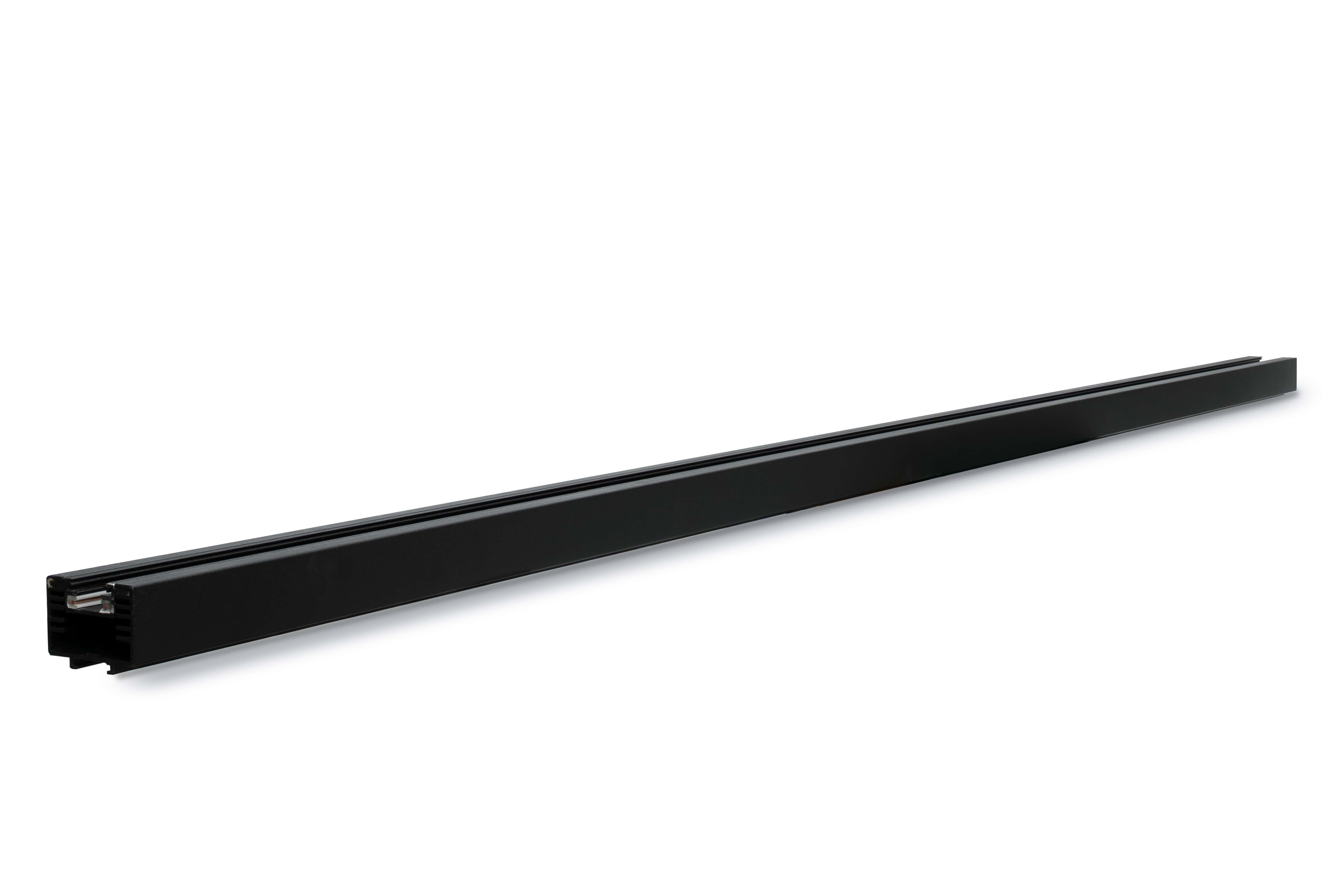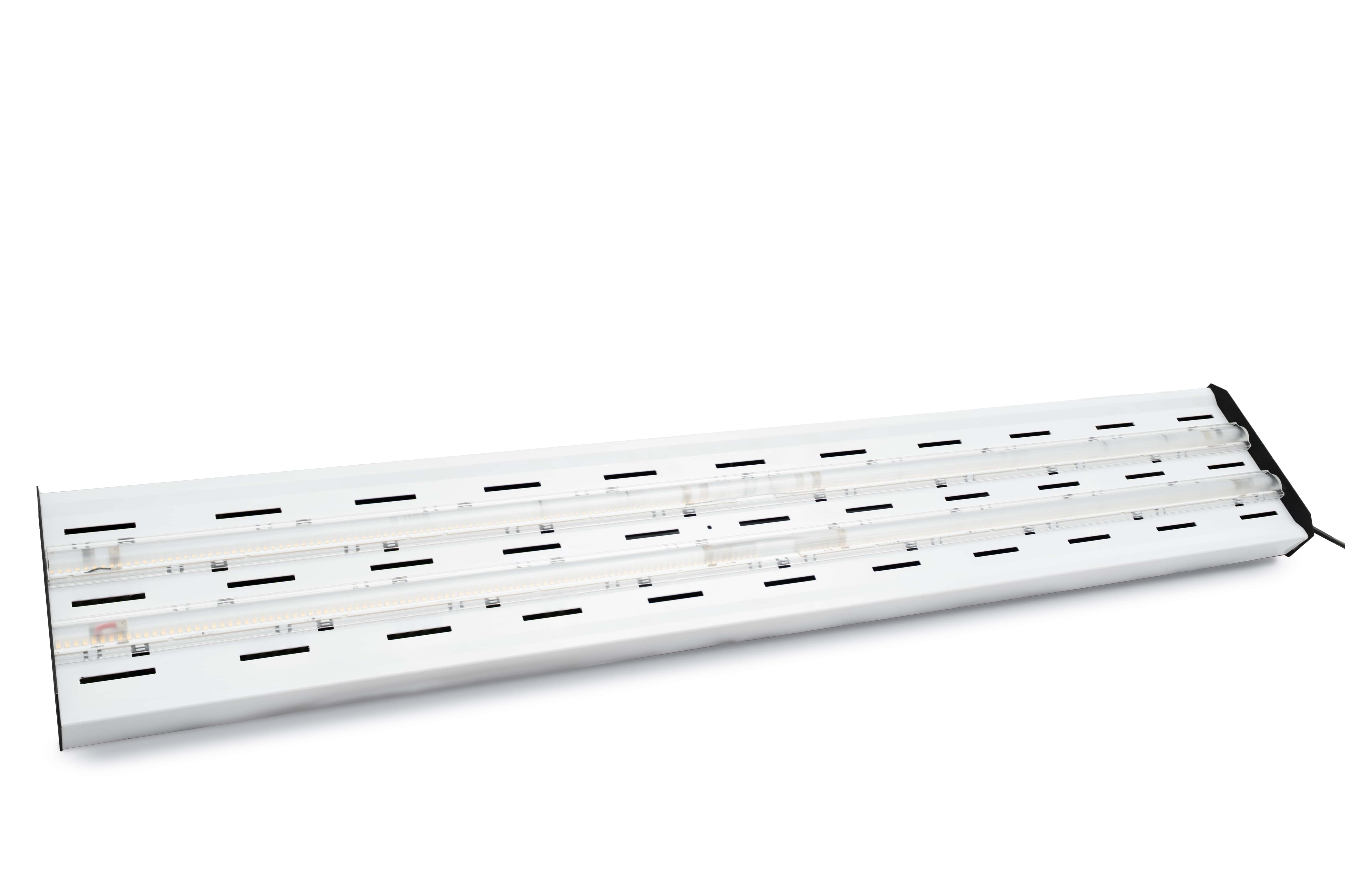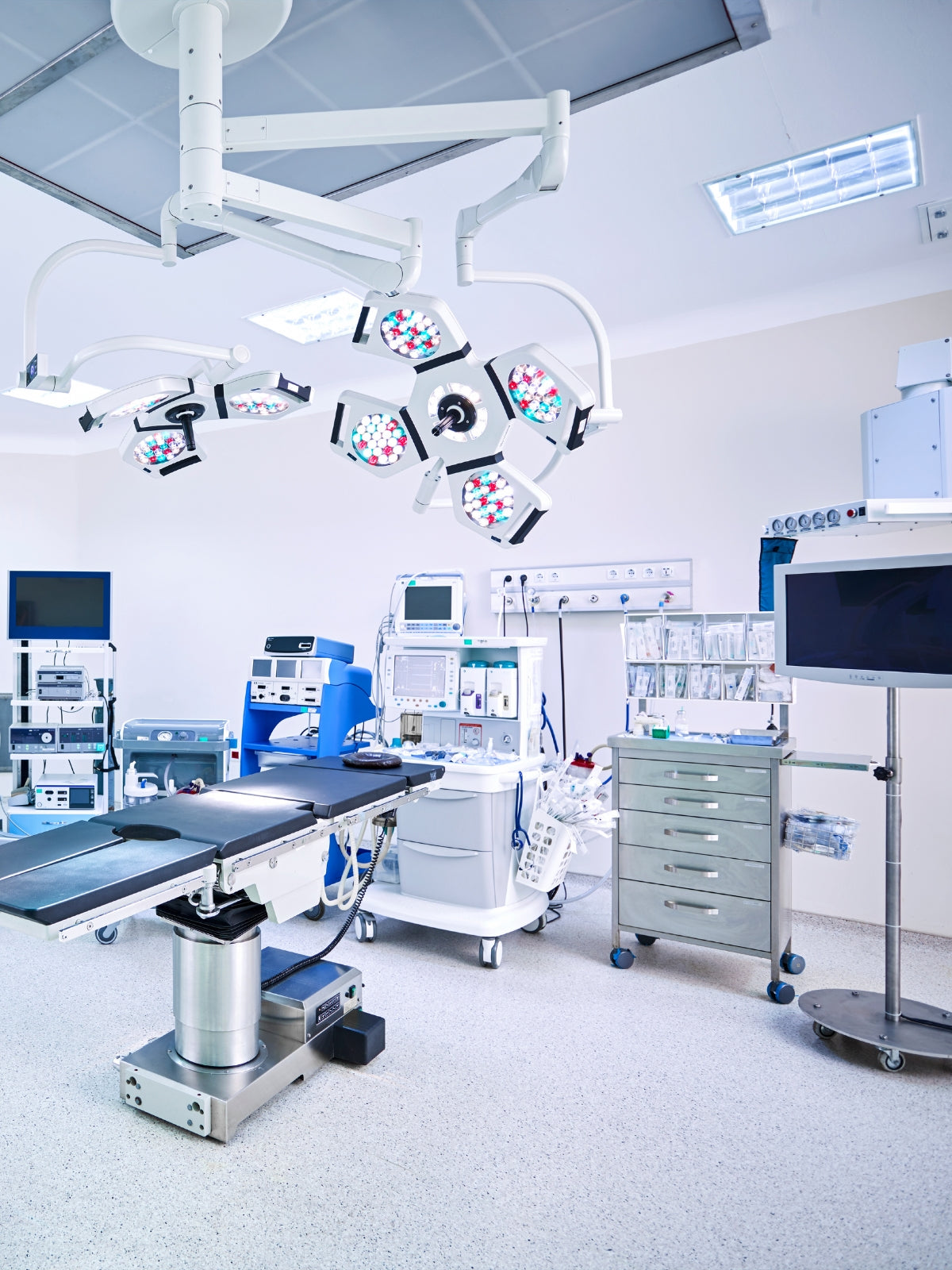Recommended
Lighting Designed for Every Zone
From operating rooms to reception, each area of the Hospital requires lighting tailored to its purpose.
View Lighting’s solutions ensure optimal brightness, energy efficiency, and durability, engineered to meet the demands of industrial environments.
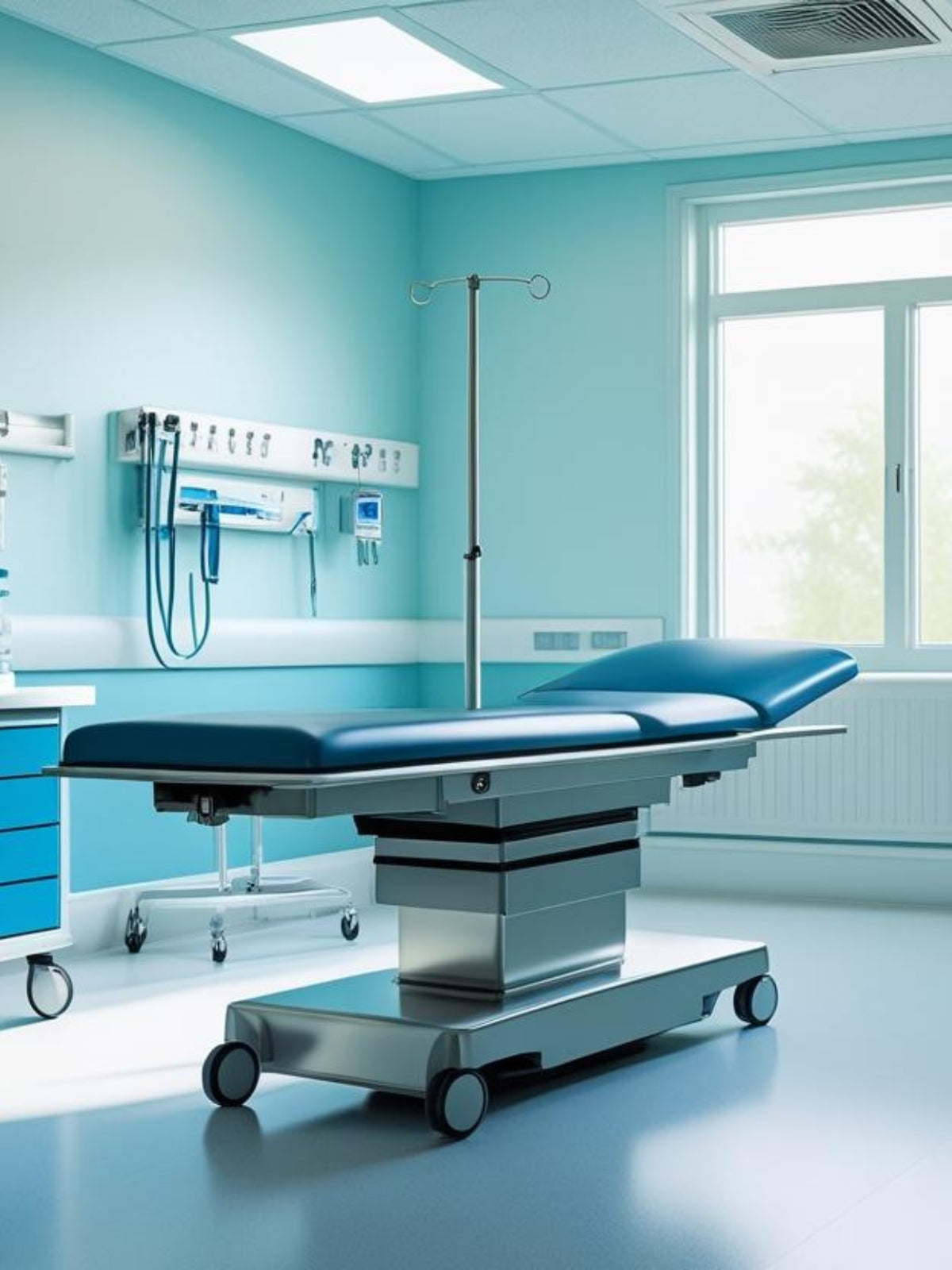
Lights: Comet, 4 Constellation, 8 Constellation
Type:General LED Panels / Downlights
Illuminance:500–1,000 lux
CCT:3,500–5,500K
Watts:30–60W | Lumens:3,000–6,000 lm
Lights: Comet, 4 Constellation, 8 Constellation
Type:General LED Panels / Downlights
Illuminance:500–1,000 lux
CCT:3,500–5,500K
Watts:30–60W | Lumens:3,000–6,000 lm


Lights: Comet, 4 Constellation, 8 Constellation
Type:Soft Ambient LED Panels
Illuminance:100–300 lux
CCT:3,000–4,000K
Watts:15–30W | Lumens:1,500–3,000 lm
Lights: Comet, 4 Constellation, 8 Constellation
Type:Soft Ambient LED Panels
Illuminance:100–300 lux
CCT:3,000–4,000K
Watts:15–30W | Lumens:1,500–3,000 lm


Lights: Comet, 4 Constellation, 8 Constellation
Type:Zoned LED Fixtures
Illuminance:100–200 lux (bedside)
CCT:3,000–4,000K
Watts:20–40W | Lumens:2,000–4,000 lm
Lights: Comet, 4 Constellation, 8 Constellation
Type:Zoned LED Fixtures
Illuminance:100–200 lux (bedside)
CCT:3,000–4,000K
Watts:20–40W | Lumens:2,000–4,000 lm

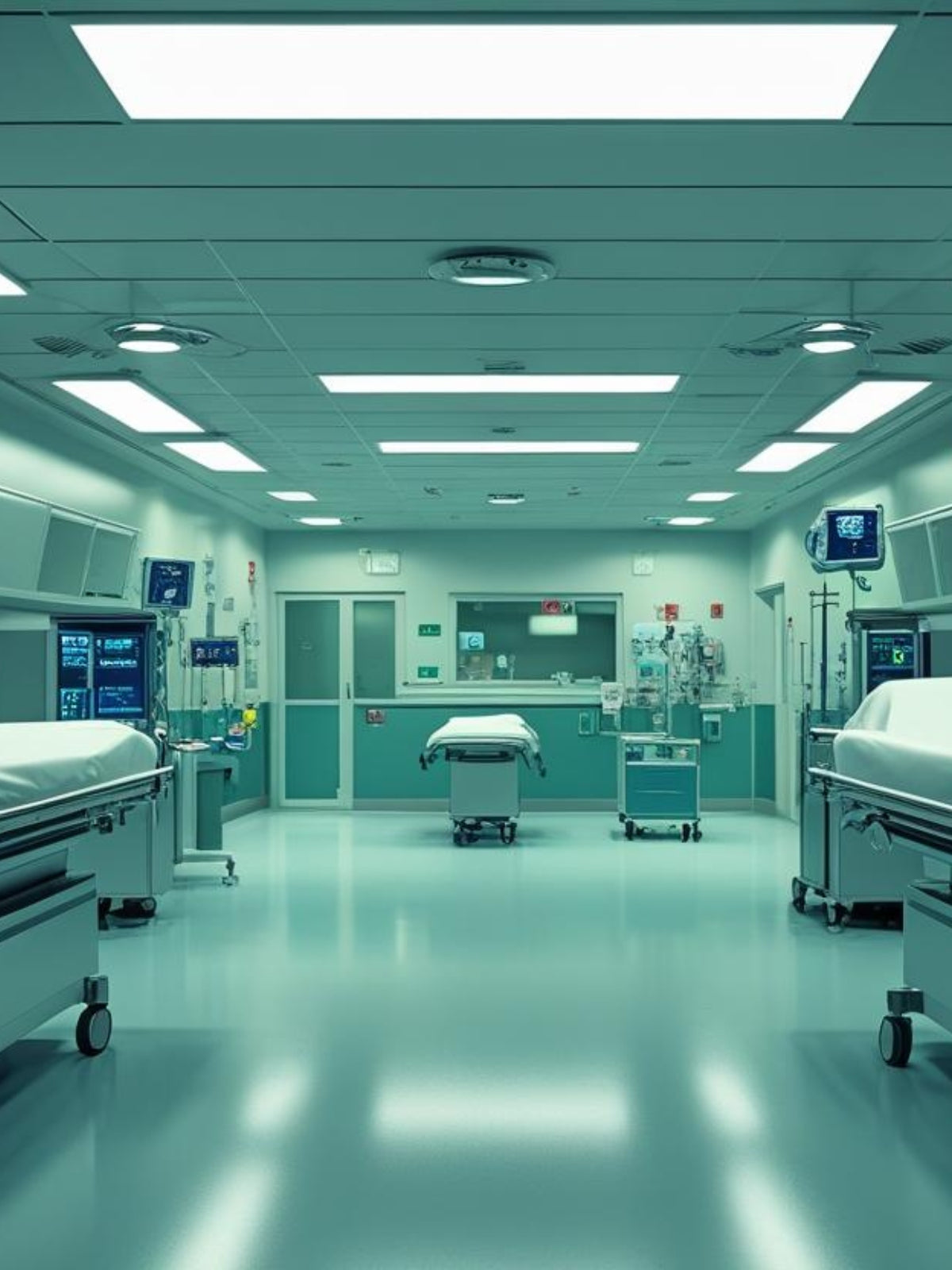
Lights: Comet, 4 Constellation, 8 Constellation
Type: High-Intensity LED Panels
Illuminance: 300–500 lux
CCT: 5,000–6,500K
Watts: 40–80W | Lumens: 4,000–8,000 lm
Lights: Comet, 4 Constellation, 8 Constellation
Type: High-Intensity LED Panels
Illuminance: 300–500 lux
CCT: 5,000–6,500K
Watts: 40–80W | Lumens: 4,000–8,000 lm


Lights: Comet, 4 Constellation, 8 Constellation, Pollux
Type: Clean Room Panels
Illuminance: 300–500 lux
CCT: 4,000–5,500K
Watts: 20–40W | Lumens: 2,000–4,000 lm
Lights: Comet, 4 Constellation, 8 Constellation, Pollux
Type: Clean Room Panels
Illuminance: 300–500 lux
CCT: 4,000–5,500K
Watts: 20–40W | Lumens: 2,000–4,000 lm

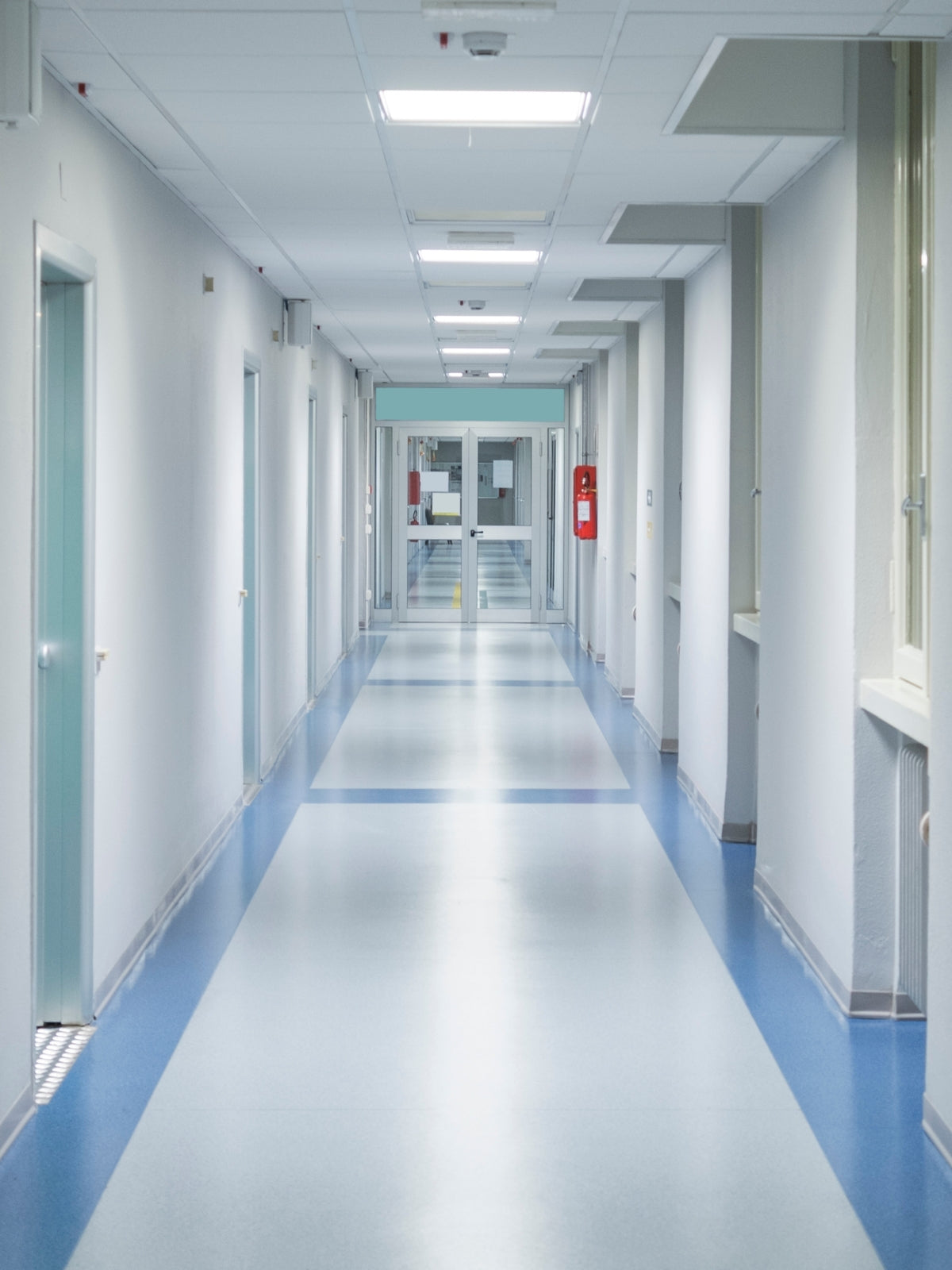
Lights: Comet, 4 Constellation, 8 Constellation, Pollux
Type: LED Strip / Wall Sconce
Illuminance: 100–200 lux
CCT: 3,000–4,000K
Watts: 10–20W | Lumens: 1,000–2,000 lm
Lights: Comet, 4 Constellation, 8 Constellation, Pollux
Type: LED Strip / Wall Sconce
Illuminance: 100–200 lux
CCT: 3,000–4,000K
Watts: 10–20W | Lumens: 1,000–2,000 lm

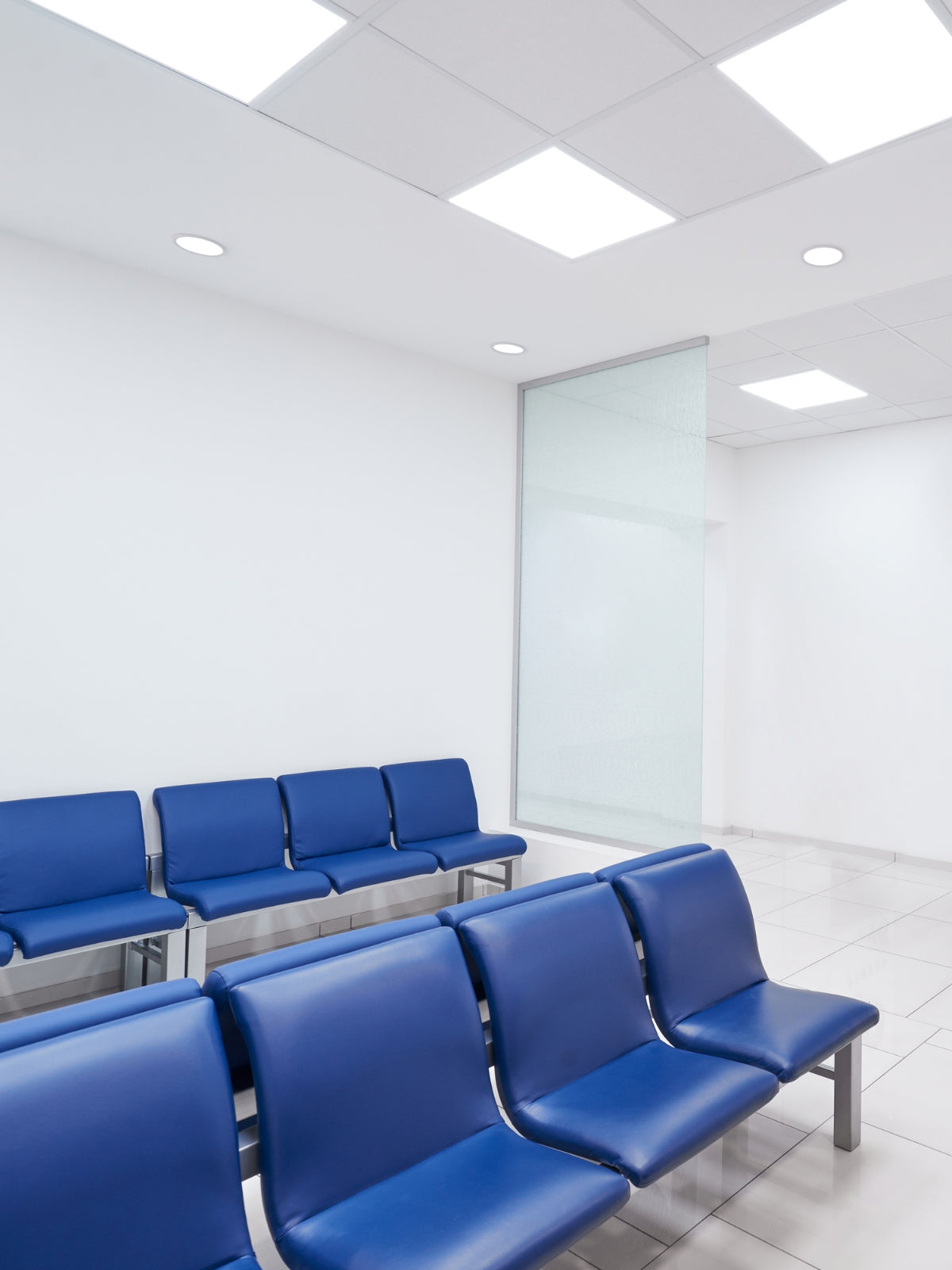
Lights: Comet, 4 Constellation, 8 Constellation, Pollux
Type:Soft Ambient LED Fixtures
Illuminance:200–300 lux
CCT:3,000–4,000K
Watts:20–40W | Lumens:2,000–4,000 lm
Lights: Comet, 4 Constellation, 8 Constellation, Pollux
Type:Soft Ambient LED Fixtures
Illuminance:200–300 lux
CCT:3,000–4,000K
Watts:20–40W | Lumens:2,000–4,000 lm


Lights: Comet, 4 Constellation, 8 Constellation, Pollux
Type: LED Ceiling Fixtures
Illuminance: 300–500 lux
CCT: 3,000–4,000K
Watts: 30–60W | Lumens: 3,000–6,000 lm
Lights: Comet, 4 Constellation, 8 Constellation, Pollux
Type: LED Ceiling Fixtures
Illuminance: 300–500 lux
CCT: 3,000–4,000K
Watts: 30–60W | Lumens: 3,000–6,000 lm

Lighting Temperature
Warm Lighting (2700K – 3000K)
This light range brings out warm tones, wood textures, and earthy colour schemes. It creates a cozy, inviting atmosphere, making it ideal for relaxing spaces like living rooms, bedrooms, and dining areas.
Neutral Lighting (3500K – 4500K)
Offering a balanced, natural light, this range works well in versatile, multi-use areas. It complements transitional interiors that blend traditional and contemporary design elements.
Cool Lighting (5000K – 6500K)
Known for its bright, crisp quality, cool lighting highlights clean lines and enhances modern or industrial design. It’s well-suited for workspaces and task-focused environments where clarity and focus are essential.
Medical and Hospital Lighting South Africa
Reliable, Energy-Efficient Medical Lighting Solutions
At View Lighting, we specialise in Hospital and Medical Lighting in South Africa that meet the strict standards of healthcare environments. Our solutions are designed to provide bright, sterile-friendly illumination while ensuring low-glare comfort for patients and clinical precision for medical professionals. From LED lights for hospitals to cleanroom lighting systems, every product in our range is engineered for durability, hygiene, and round-the-clock performance. Whether it’s operating theatres, patient rooms, or critical care units, we provide healthcare lighting solutions that enhance visibility, reduce energy costs, and support better patient outcomes.
Read more...Hospital And Medical Lighting FAQs
What type of lighting is best for hospitals in South Africa?
The best lighting for hospitals is LED medical lighting systems. These provide bright, sterile-friendly illumination, low glare for patient comfort, and are energy-efficient. In South Africa, LED hospital lights are the preferred choice because they reduce long-term electricity costs while supporting clinical precision in medical facilities.
How does proper hospital lighting improve patient recovery?
Research shows that natural light levels and glare-free artificial lighting can reduce patient stress, improve sleep patterns, and speed up recovery. Balanced lighting in wards and patient rooms creates a calming atmosphere while ensuring healthcare teams have clear visibility for safe care delivery.
Why is LED hospital lighting preferred over traditional lighting?
LED lighting is preferred in hospitals because it offers:
- Energy savings of up to 70% compared to fluorescent lights
- Long lifespan with low maintenance
- Consistent illumination without flicker, reducing eye strain
- Customisable colour temperature for clinical accuracy
This makes LED lights the safest and most cost-effective solution for healthcare facilities in South Africa.
What are the benefits of energy-efficient lighting for healthcare facilities?
Energy-efficient hospital lights lower operational costs, reduce carbon emissions, and provide reliable illumination for 24/7 environments. South African hospitals benefit from LED lighting by cutting electricity bills while ensuring clinical-grade brightness across wards, operating rooms, and emergency areas.
How does hospital lighting affect doctors, nurses, and staff performance?
Proper lighting reduces eye strain, fatigue, and stress for medical professionals. In operating rooms, accurate lighting enhances visibility and precision, while in offices and nurse stations, low-glare lighting supports productivity and long working hours. Lighting designed for healthcare environments directly impacts staff wellbeing and performance.
Can specialised lighting reduce eye strain in operating theatres?
Yes. Glare-free surgical lighting systems provide bright, focused illumination without shadows. This reduces eye strain for surgeons and medical staff during long procedures and ensures precision when visibility is critical. Many South African hospitals are adopting modern LED surgical lights for this reason.
What lighting solutions are used in intensive care units (ICUs)?
ICUs require low-glare, dimmable LED lighting that supports round-the-clock monitoring without disturbing patients. Tunable white lighting systems are often used to mimic natural day-night cycles, helping stabilise patient circadian rhythms while providing staff with bright, clinical lighting when needed.
How does hospital corridor lighting improve safety for patients and visitors?
Hospital corridors use continuous LED panel lighting to maintain even brightness and reduce shadowy areas. This improves visibility for staff and prevents accidents for patients and visitors moving through the hospital. In emergencies, corridor lighting also plays a crucial role in evacuation safety.
Are motion-sensor and smart lighting systems suitable for hospitals?
Yes. Smart hospital lighting systems, including motion-sensor controls, reduce energy waste in low-traffic areas like storage rooms and hallways. Automated dimming and scheduling also help hospitals in South Africa lower energy costs while ensuring that critical areas remain well lit at all times.
How does colour temperature impact hospital environments?
Cool white lighting (4000K–5000K) is often used in clinical areas to support alertness and precision. Warm lighting (3000K–3500K) is preferred in waiting rooms and patient areas to promote relaxation and comfort. Selecting the right colour temperature helps balance patient comfort with medical accuracy.
What is the role of emergency backup lighting in hospitals?
Emergency lighting ensures continuous visibility during power outages, keeping operating rooms, corridors, and emergency exits safely lit. In South Africa, where power interruptions can occur, reliable emergency backup lighting is essential for hospital safety and compliance.
Do South African hospitals need to comply with specific lighting standards?
Yes. Hospitals in South Africa must comply with SANS (South African National Standards) as well as international healthcare lighting standards. These regulations ensure correct brightness levels, energy efficiency, and safe illumination for critical medical environments.
How often should hospital lighting systems be maintained or upgraded?
Hospital lighting should be inspected annually and upgraded every 5–7 years depending on usage. LED systems have a long lifespan, but regular maintenance ensures consistent performance, hygiene in cleanrooms, and compliance with healthcare facility standards.
What lighting options are best for waiting rooms and patient wards?
Waiting rooms and wards benefit from soft, low-glare LED lighting that creates a welcoming environment. Adjustable LED panels are ideal for reducing stress while maintaining brightness. Patient comfort is improved when lighting supports rest without compromising visibility for medical checks.
Where can I find a trusted supplier of hospital lighting in South Africa?
Trusted suppliers like View Lighting in South Africa offer LED hospital lighting, cleanroom solutions, patient room lights, and operating theatre systems. It is important to choose a provider with experience in healthcare environments, proven compliance with safety standards, and the ability to deliver durable, 24/7 hospital lighting solutions.

